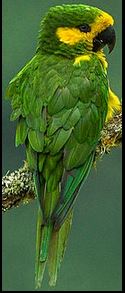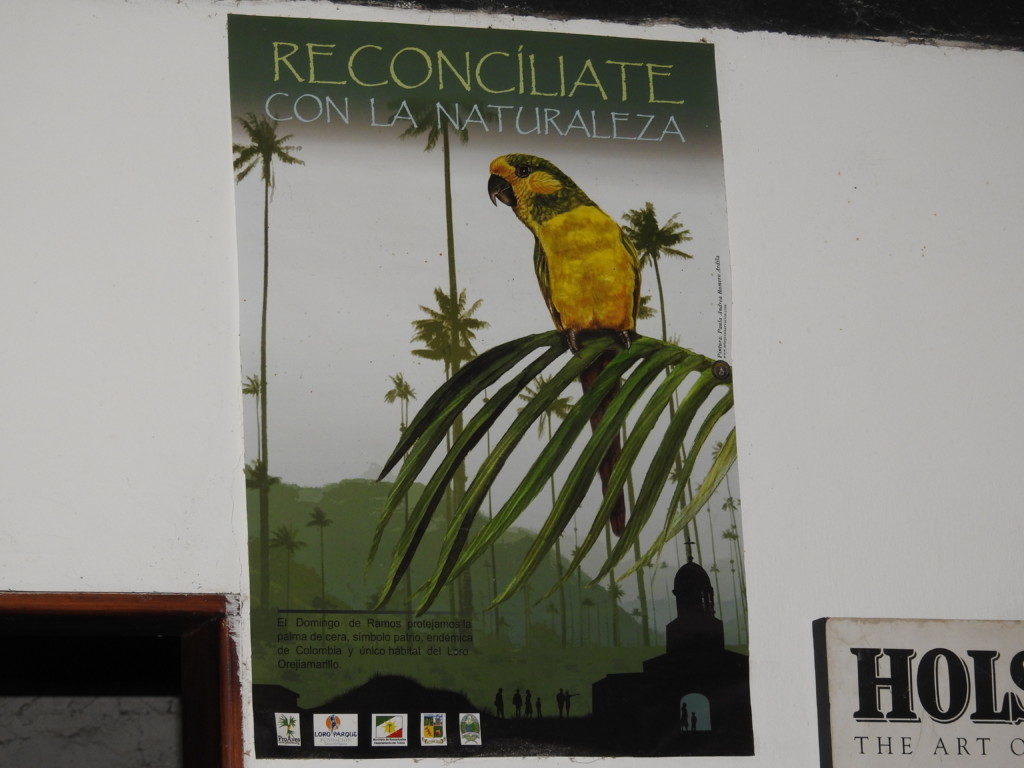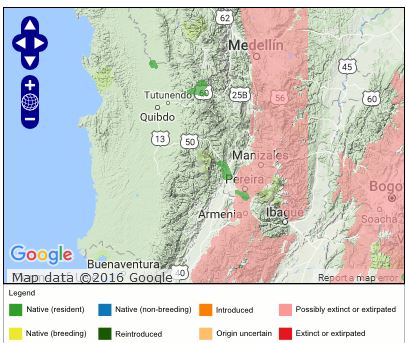Looking back, I can’t believe this birding excursion booked at the last minute turned out as well as it did. I had been in contact with a highly recommended guide who lives in Jardin, Colombia named José Castaño. Unfortunately, he was booked for the time we were there but fortunately he was able to put us in touch with his friend Diego Guerrero, who is also a birding guide from Jardin. We had barely checked in at the Valdivia Plaza around 8pm-ish and called Diego to see if he could take us birding the next morning. He and his friend Paula came to the hotel and we formulated a plan to bird the area near the Yellow-eared Parrot Reserve (the reserve proper was closed) and then take us to our next destination – Rio Blanco Reserve near Manizales.
They picked us up VERY early and we started driving to Ventanas, the location of the Yellow-eared Parrot Reserve. As dawn broke, I was worried to see how foggy it was. Thankfully the parrots are noisy and Diego soon located a small flock near the roadside and we pulled over to watch them for as long as possible. The fog made the lighting terrible but we could still make out the yellow ears.
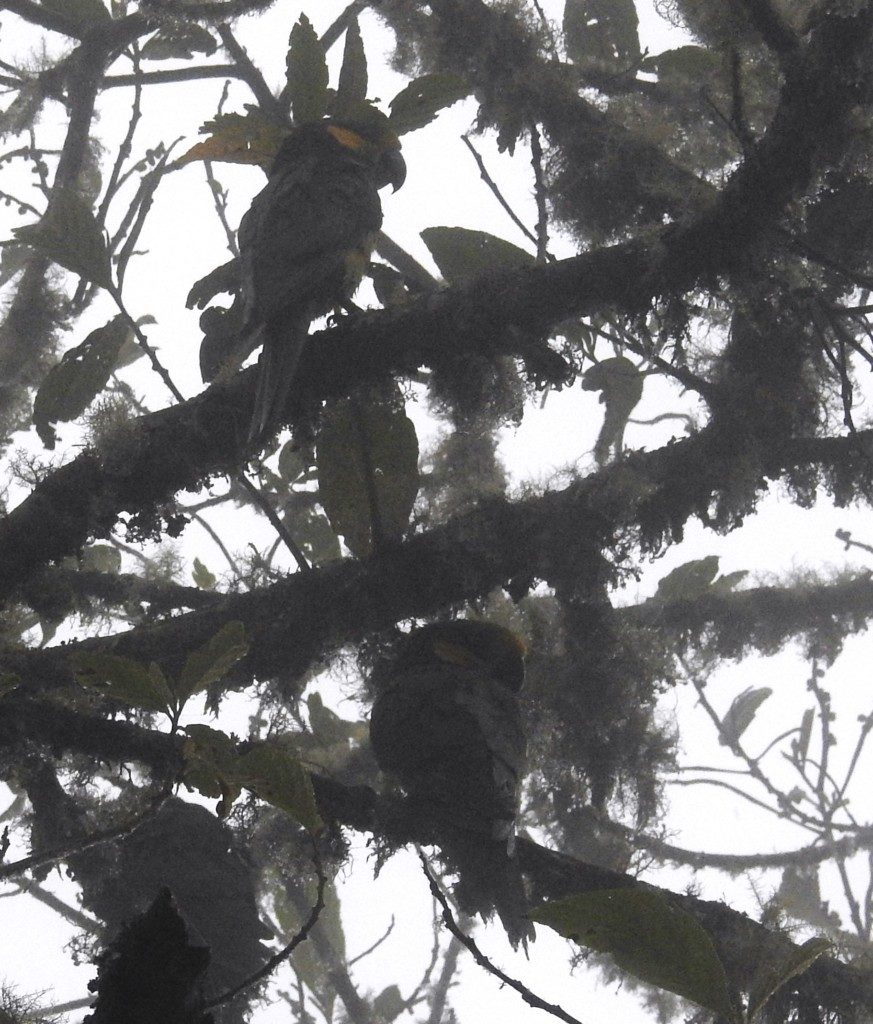
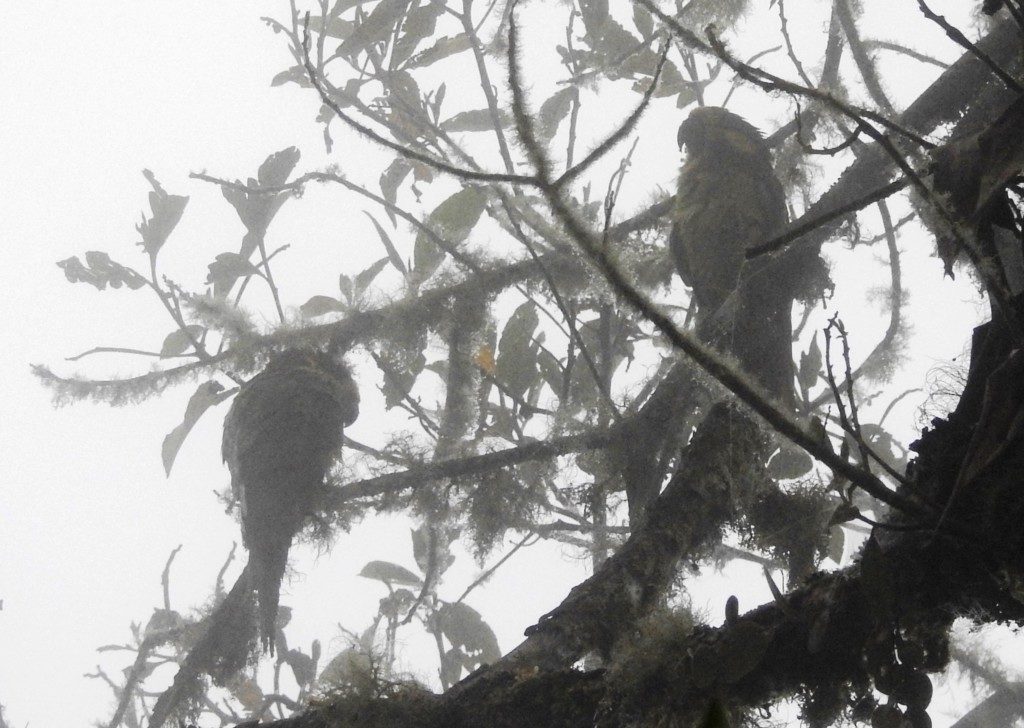
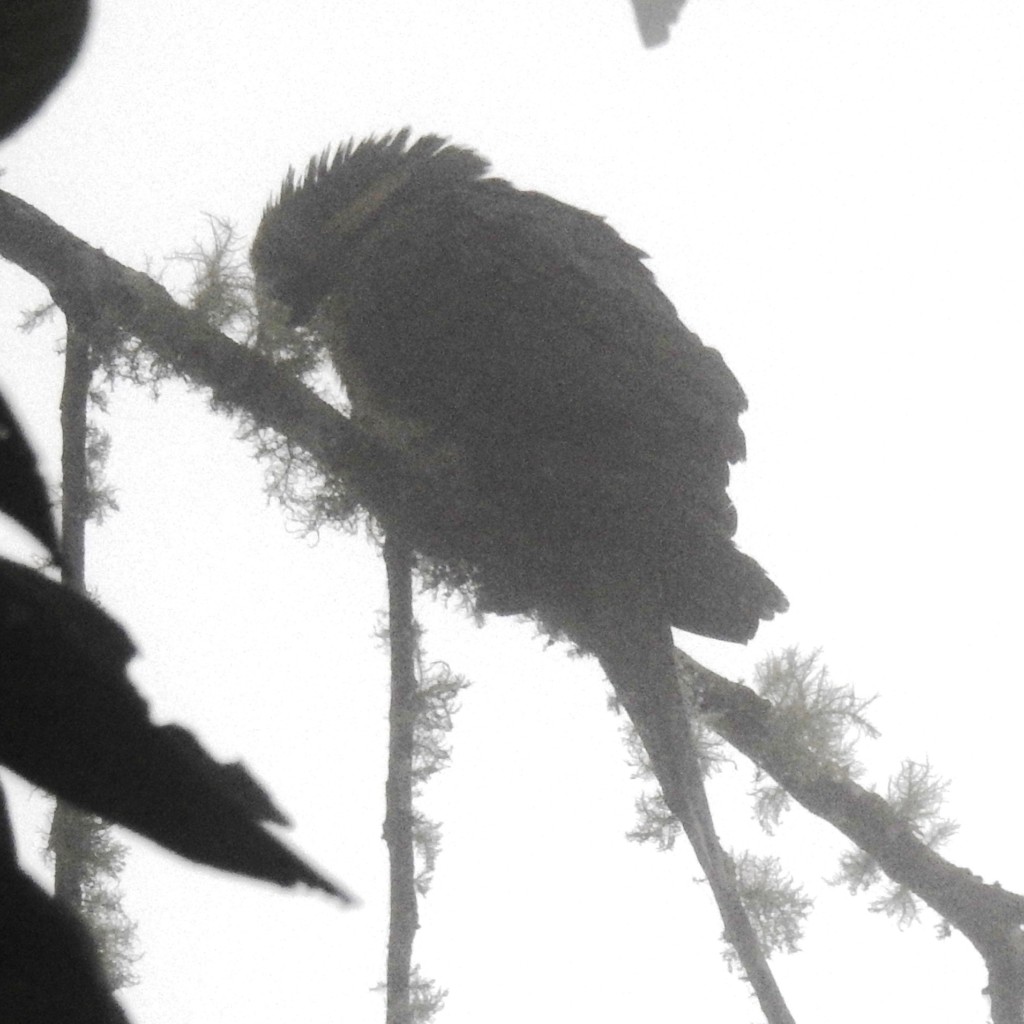
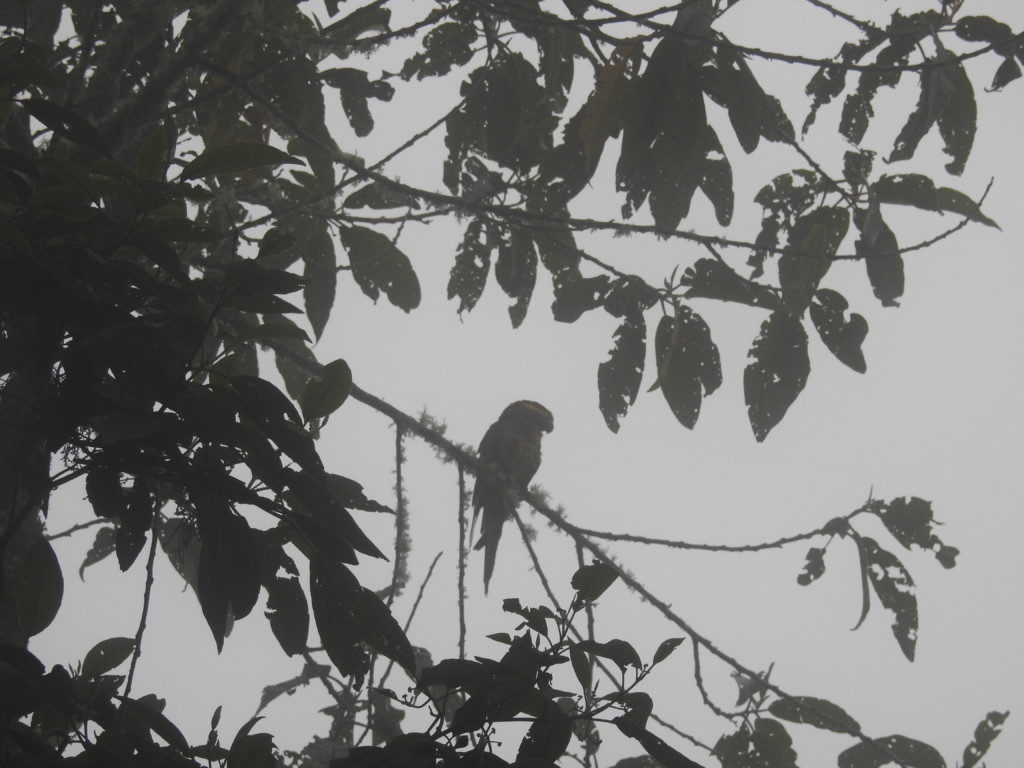
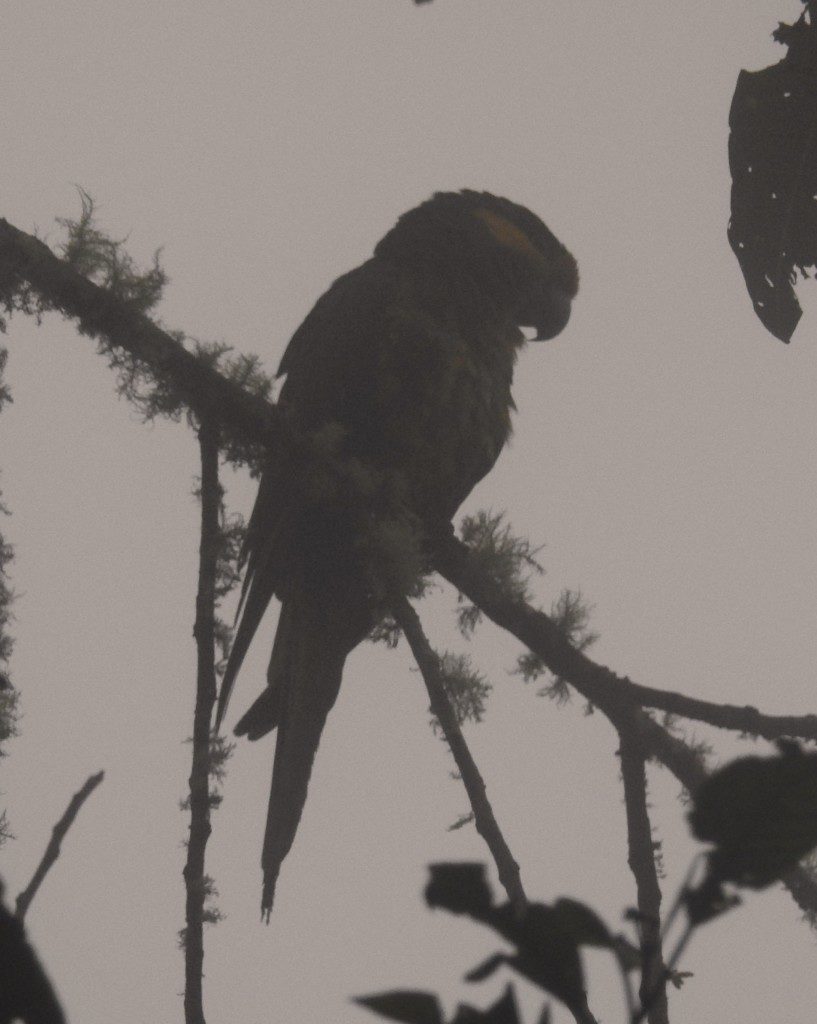
I was being so cautious of spooking the parrots that I wouldn’t let anyone open a car door and was just poking my camera out the window and hoping they would stick around until the sun came up. They may very well have done just that but a motorcyclist came up behind us and roared past scaring off the birds. I was really upset as I watched them fly off, but glad that we got to at least see them!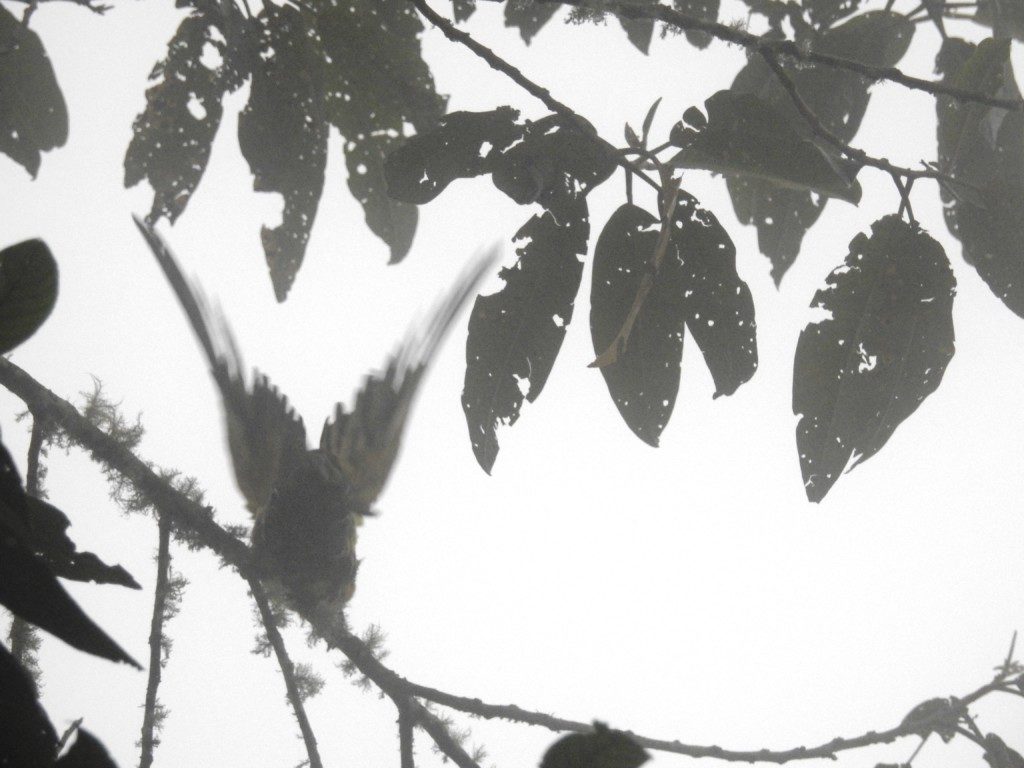
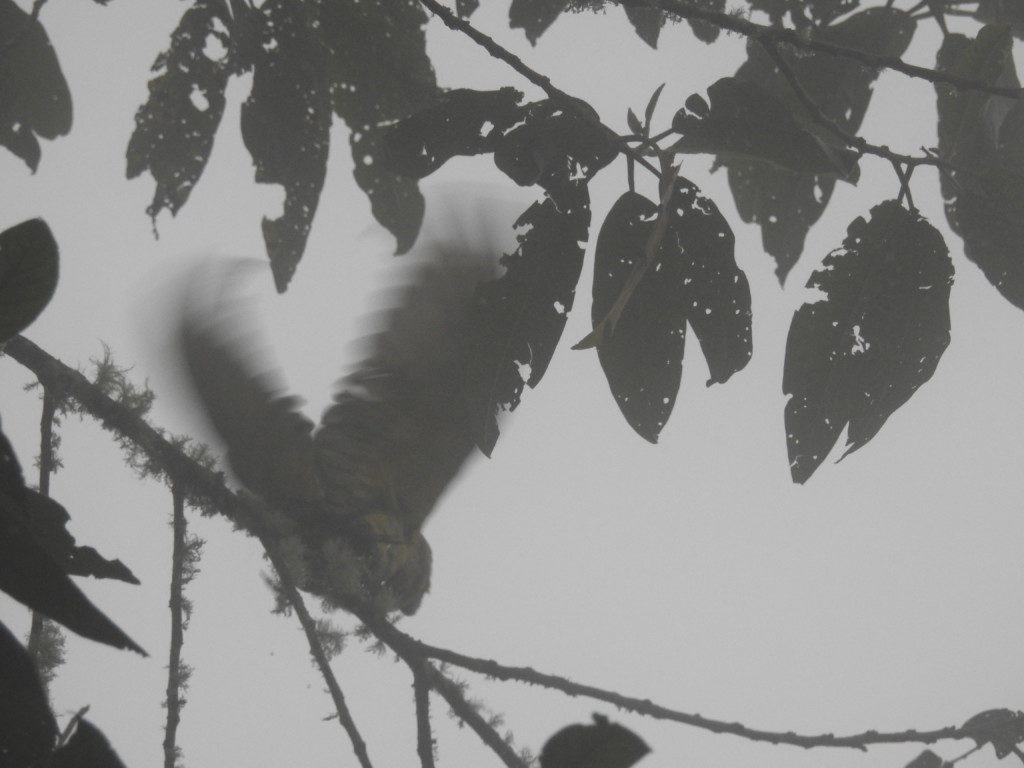

We drove on a bit past the entrance to the reserve proper and arrived at a finca (Colombian farm). The scenery was gorgeous!
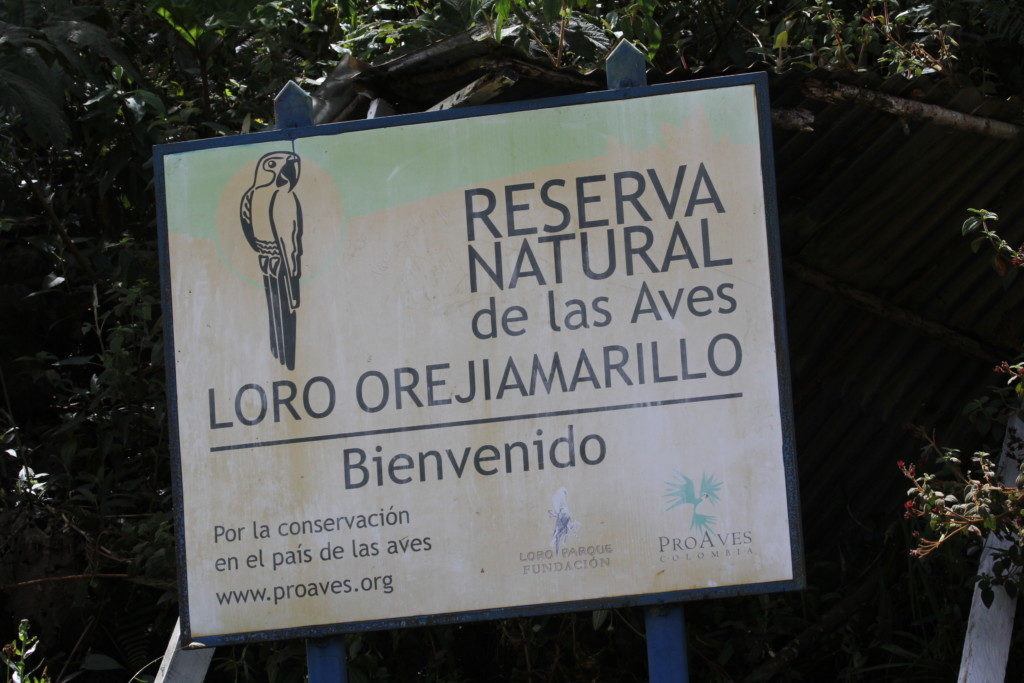
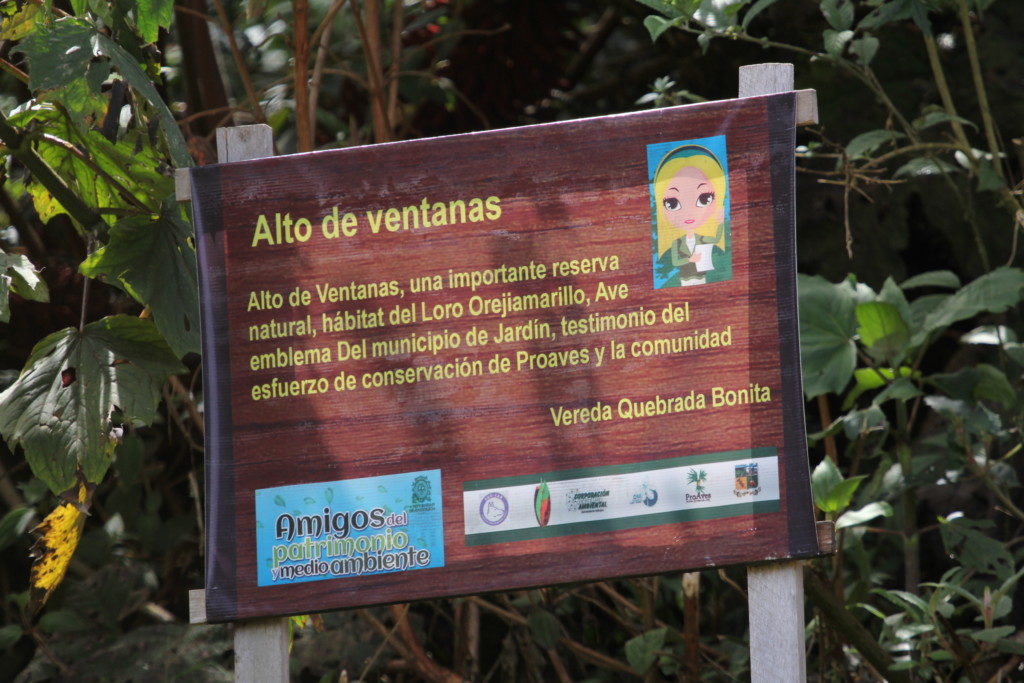
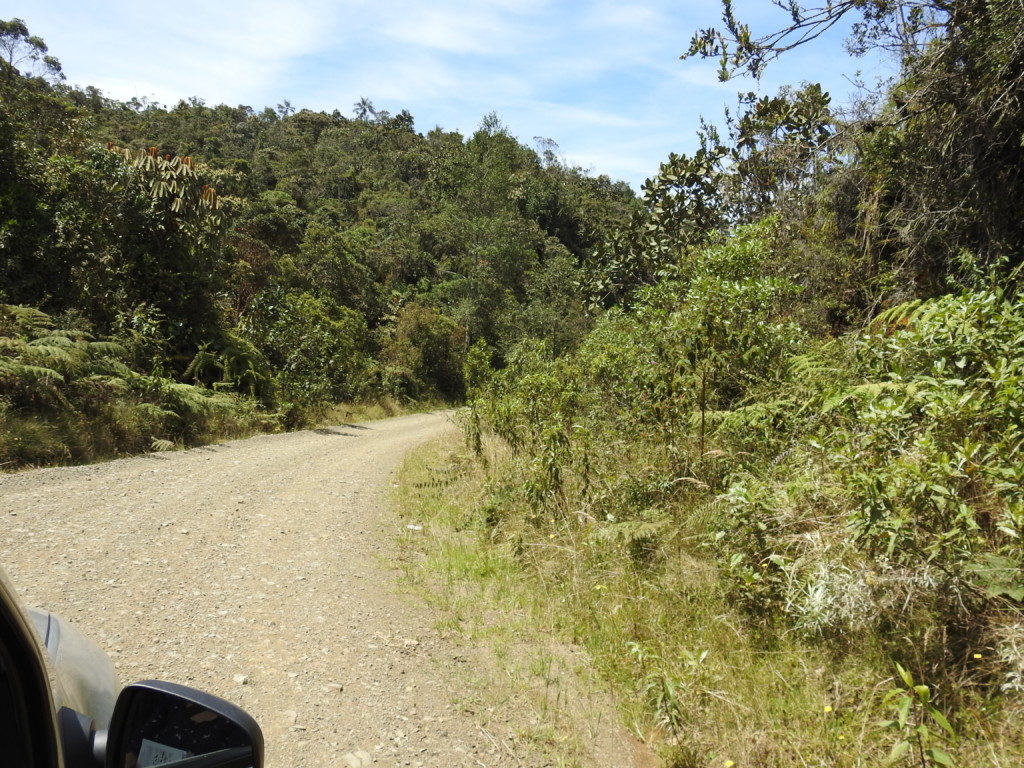
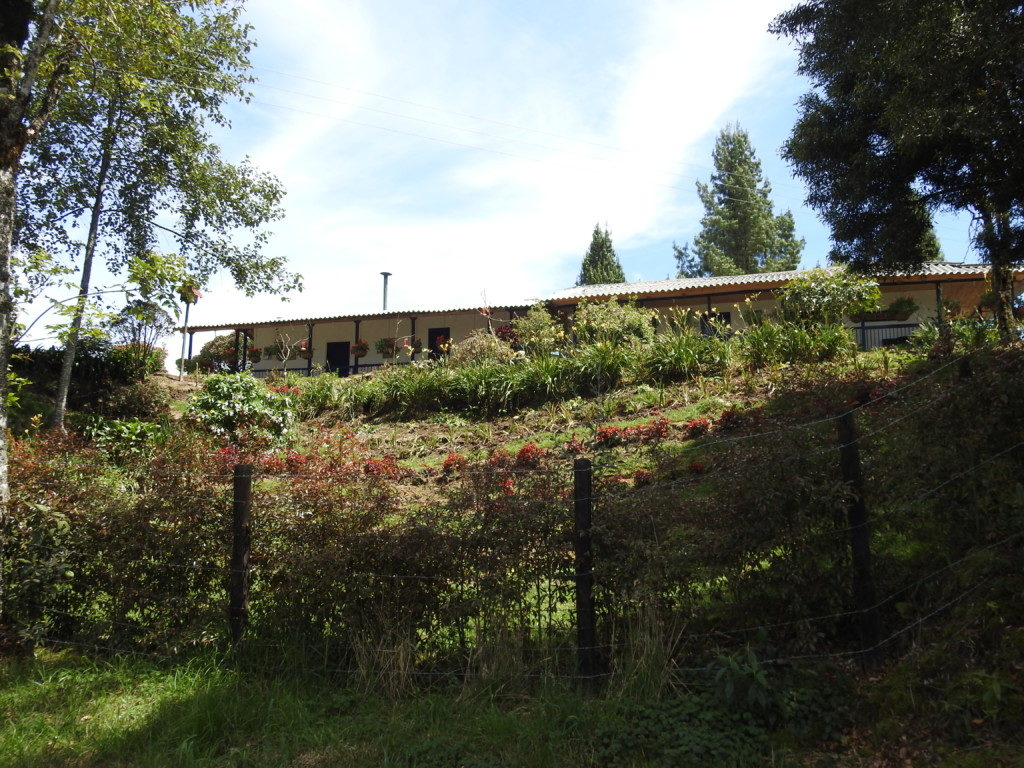
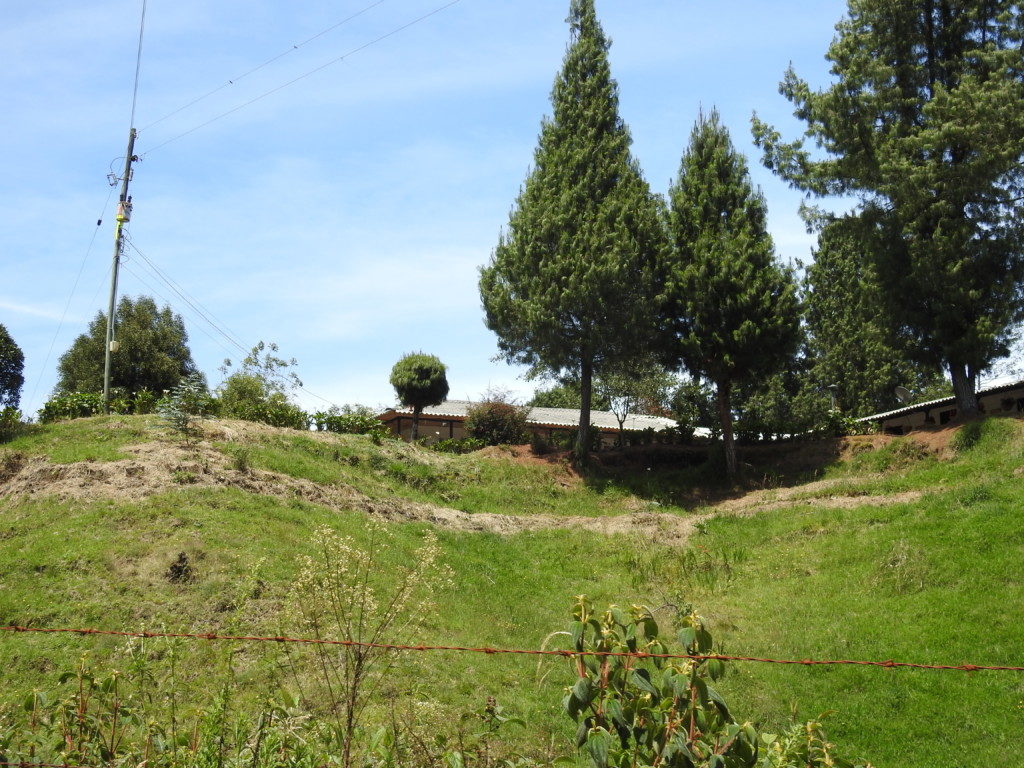
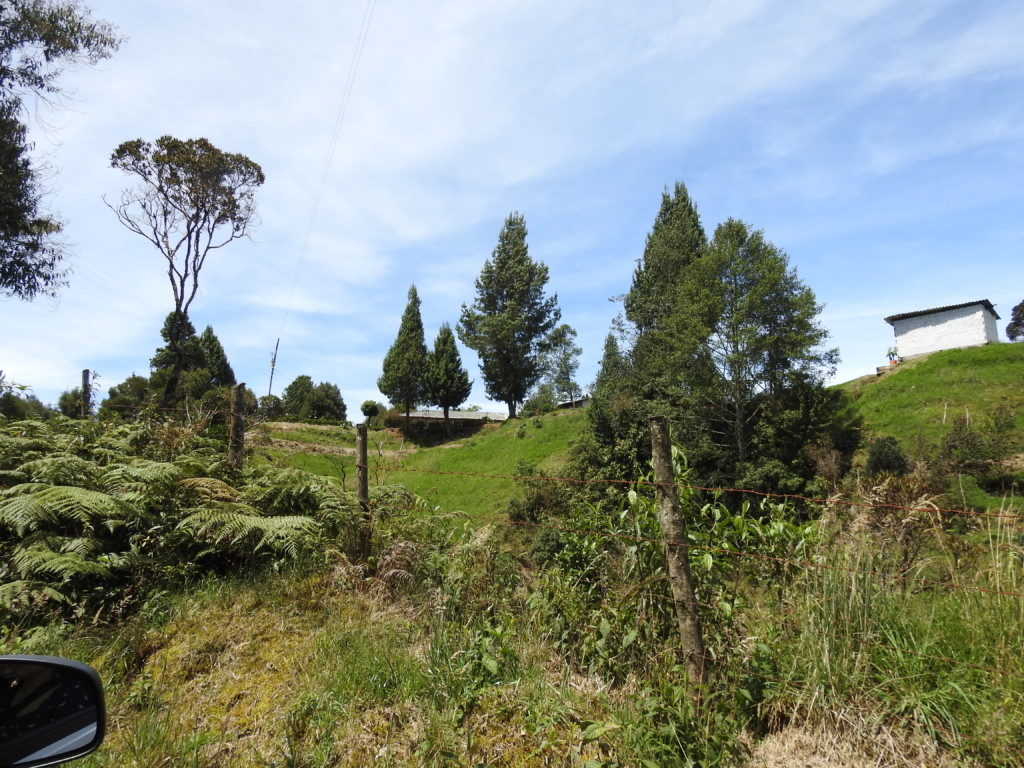
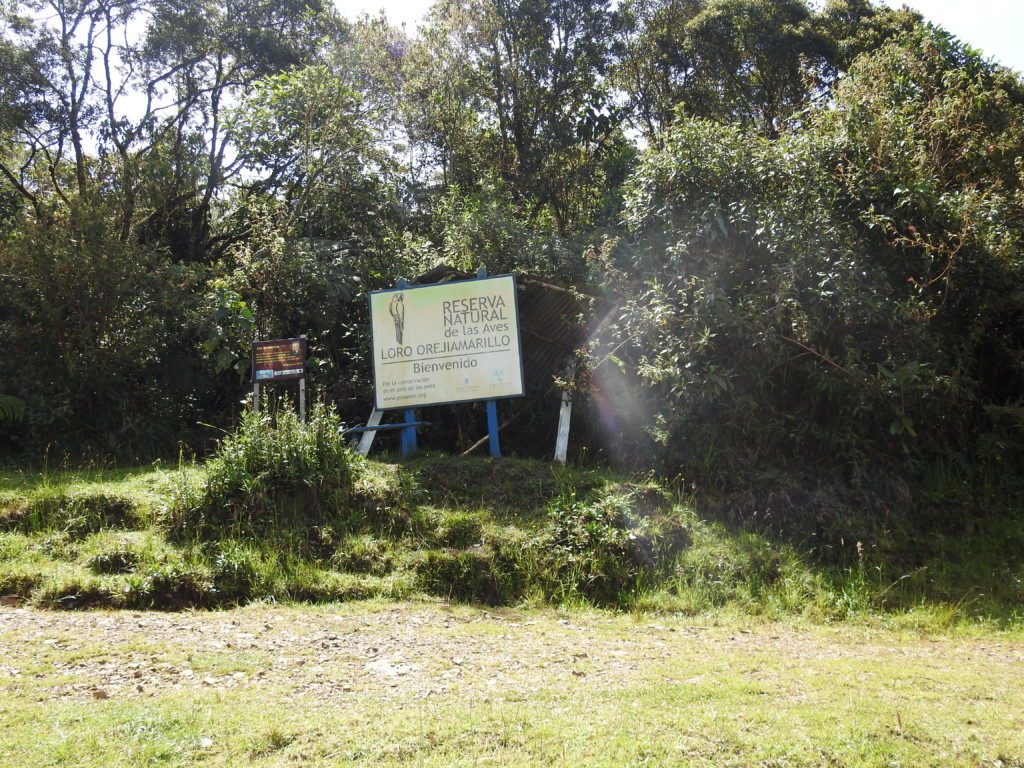
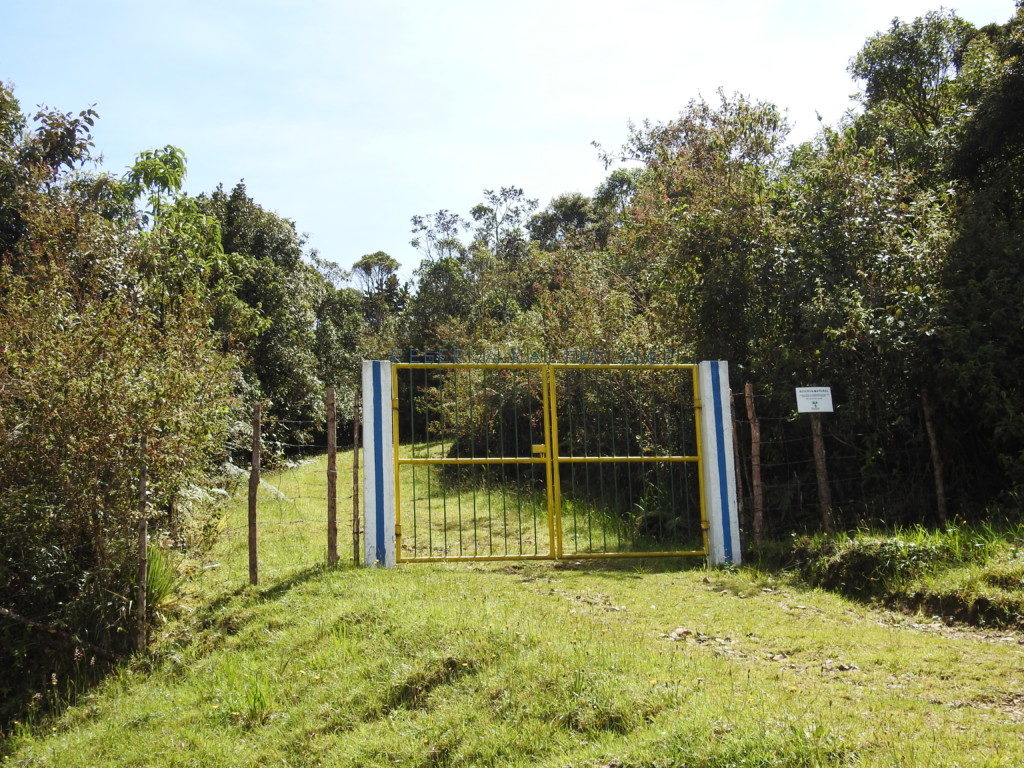
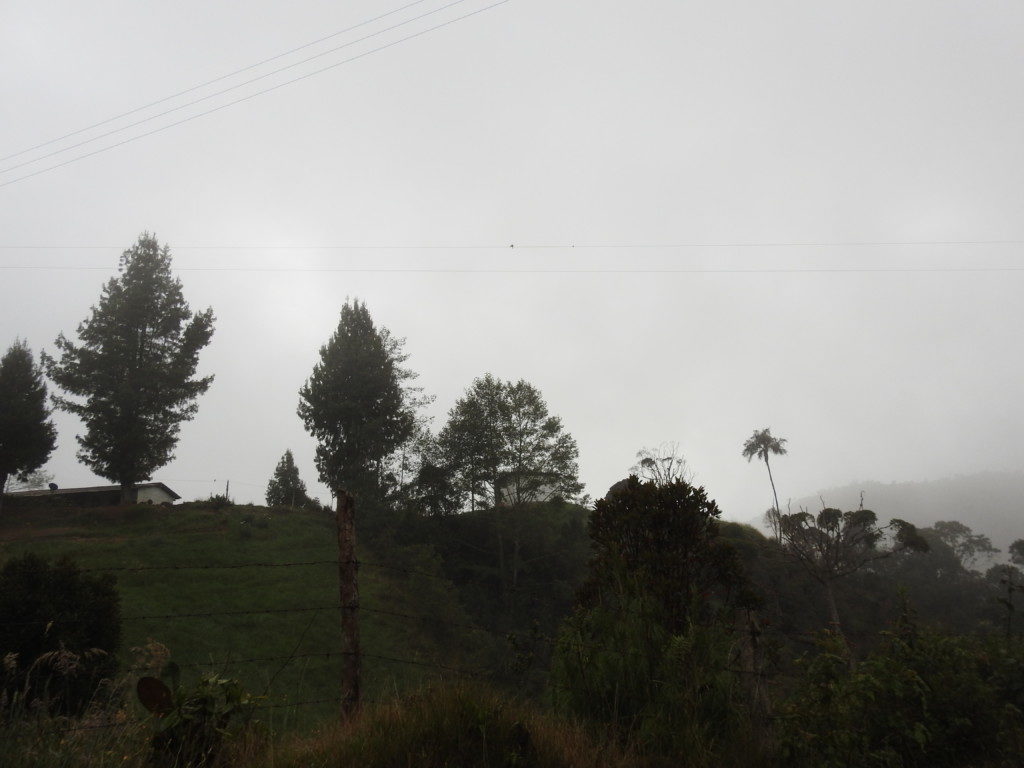
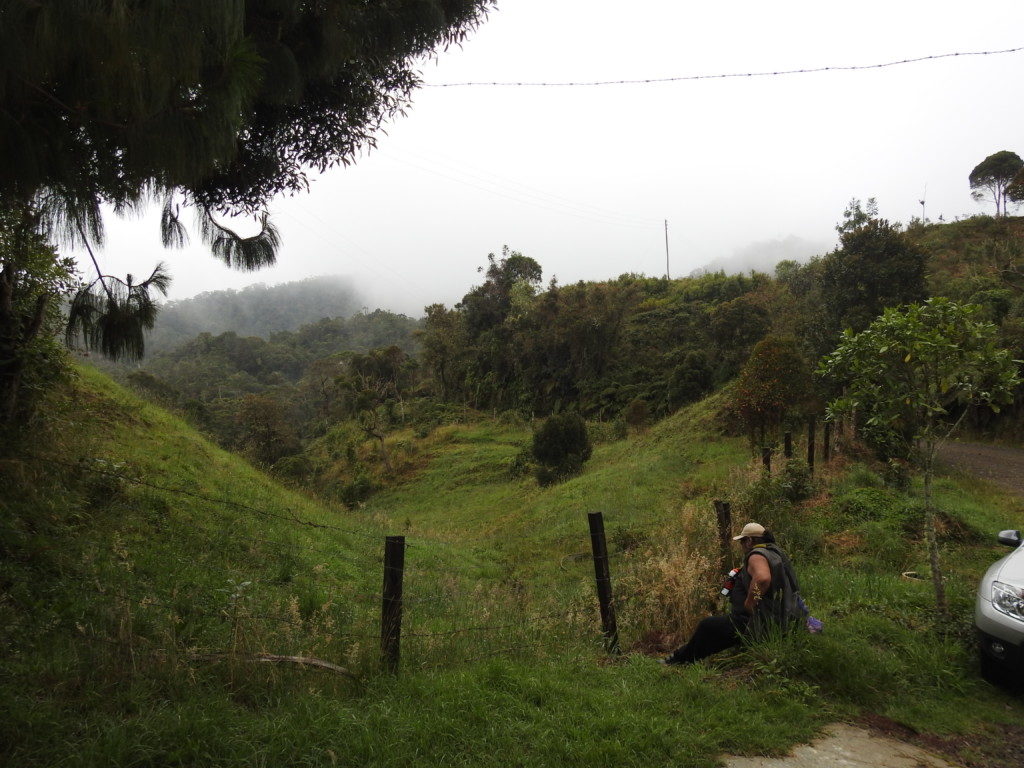
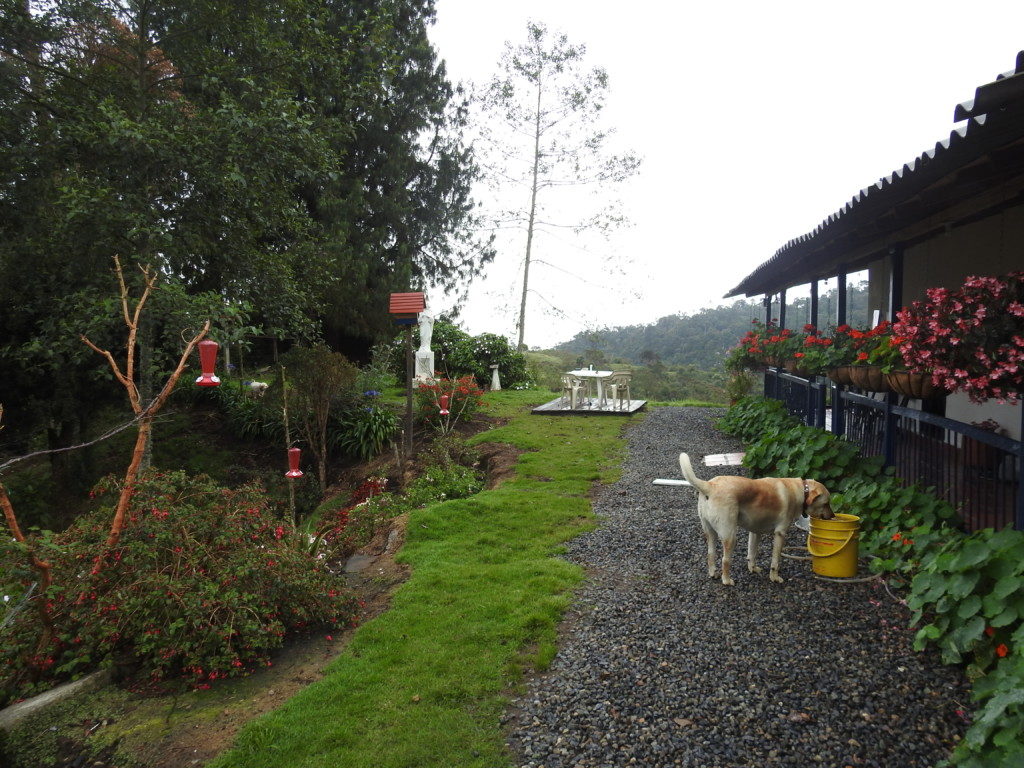
The finca has lots of hummingbird feeders and we setted in to see some real beauties such as Tourmaline Sunangel, Collared Inca, Buff-tailed Coronet, White-bellied Woodstar and the amazing Sword-billed Hummingbird who was happy to show off his extremely long bill!
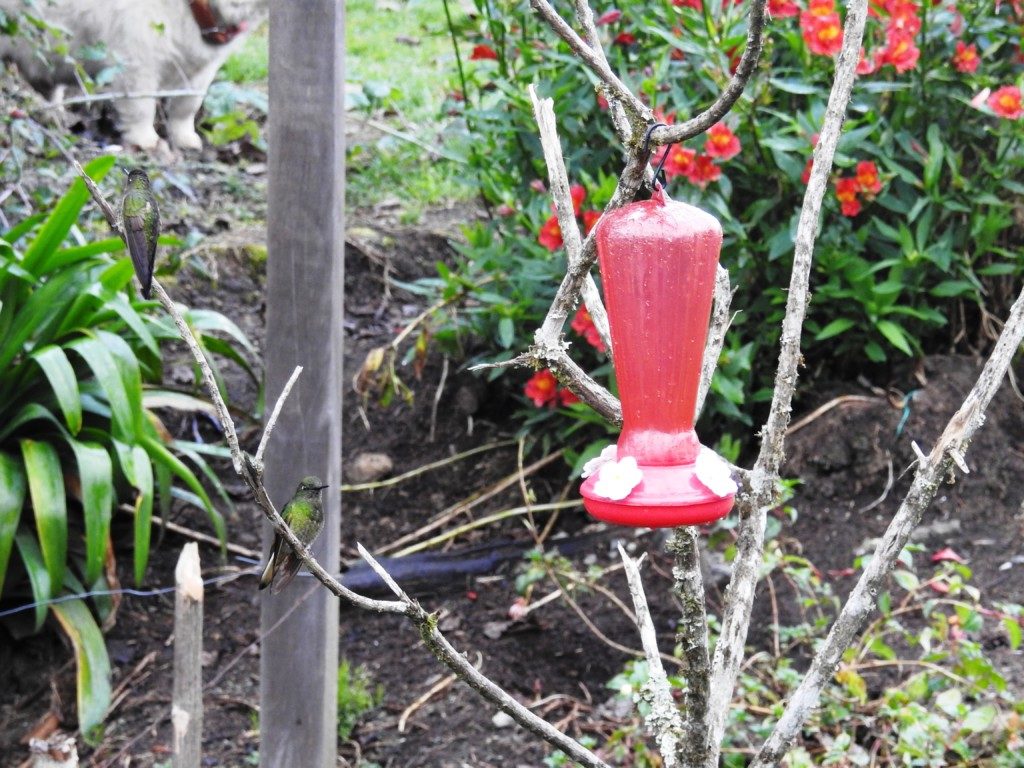
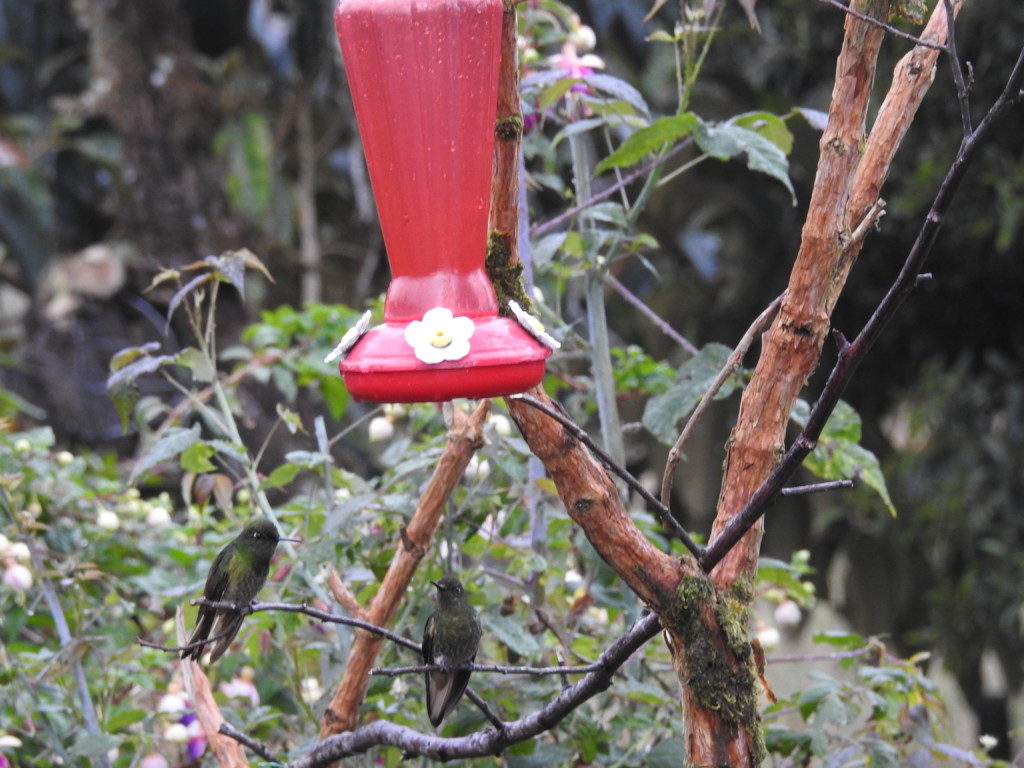
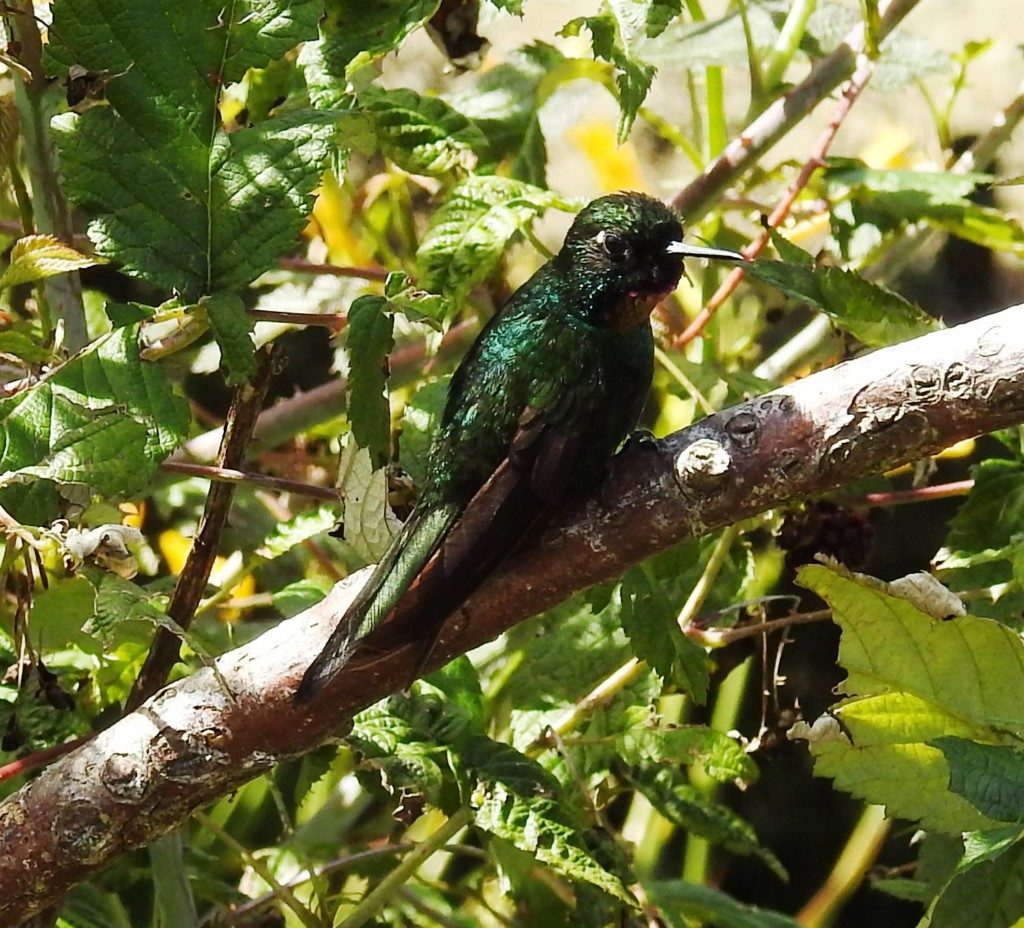
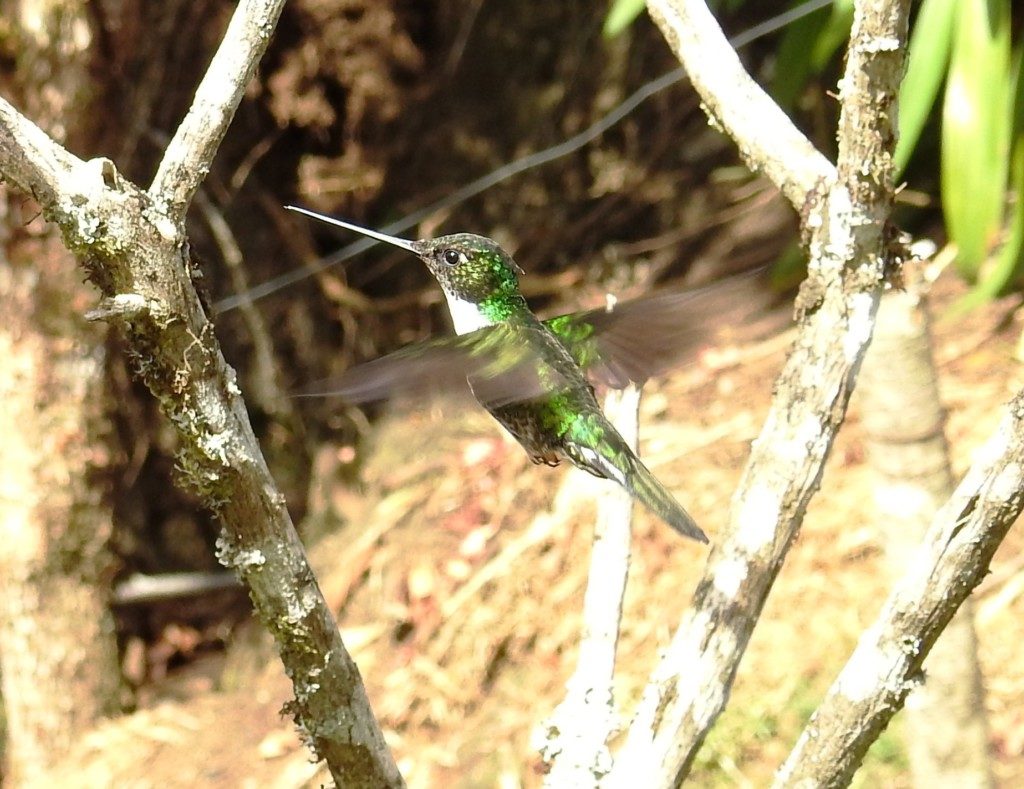
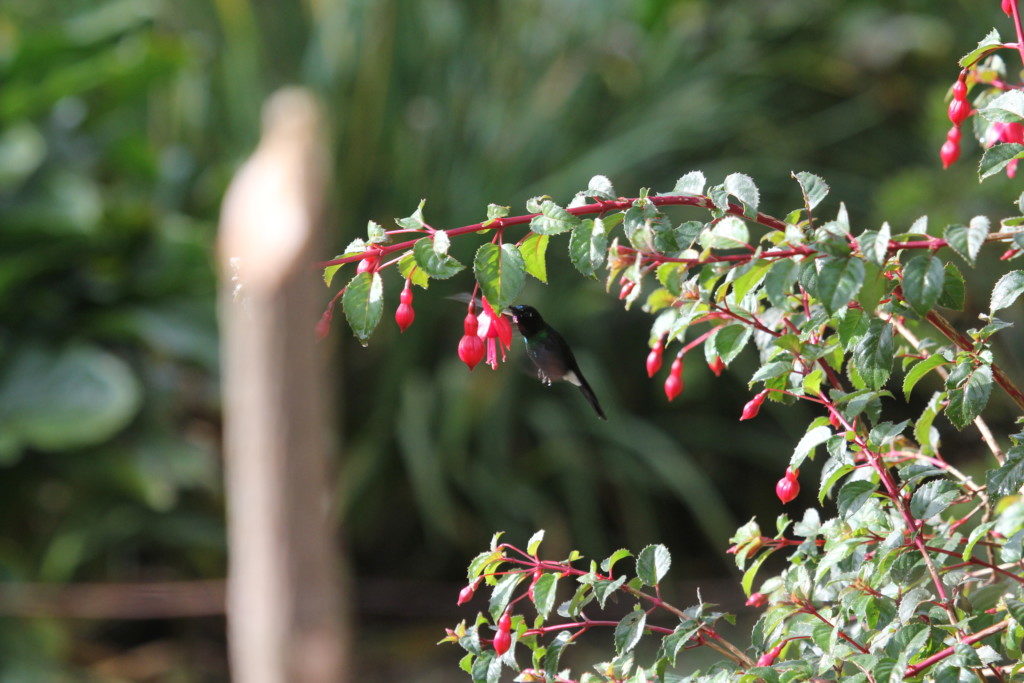
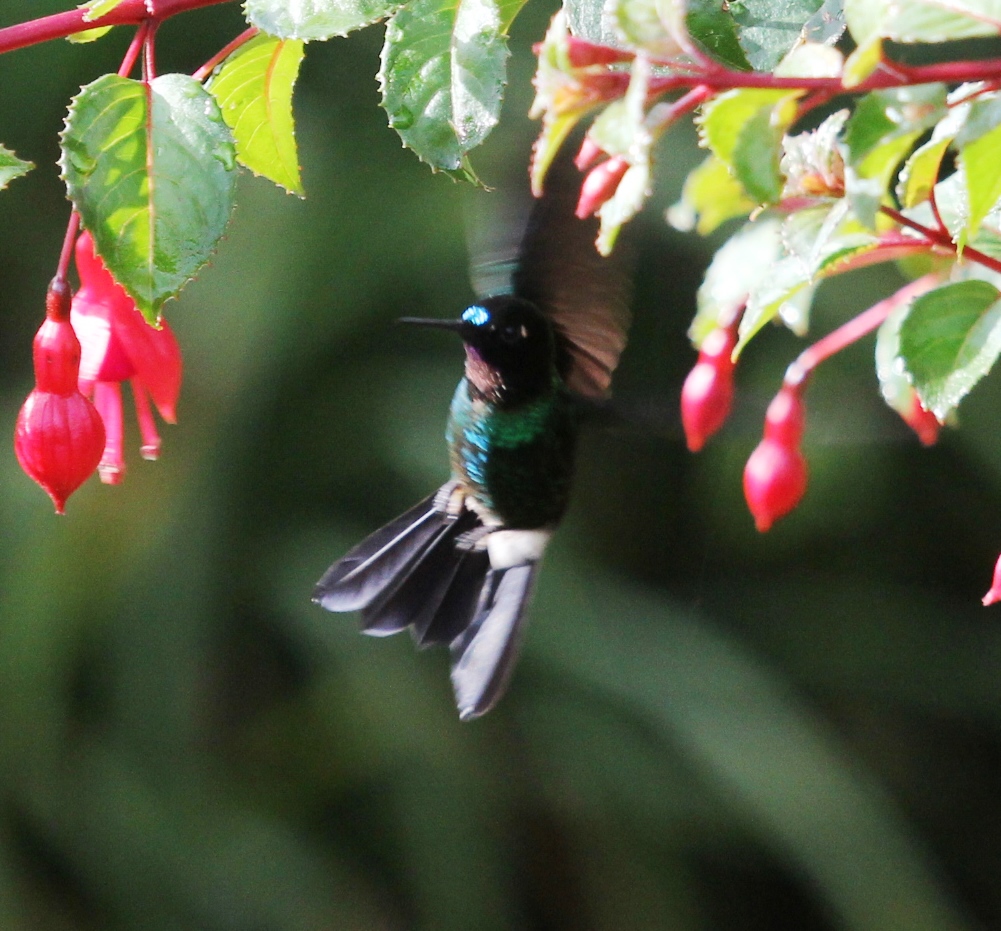
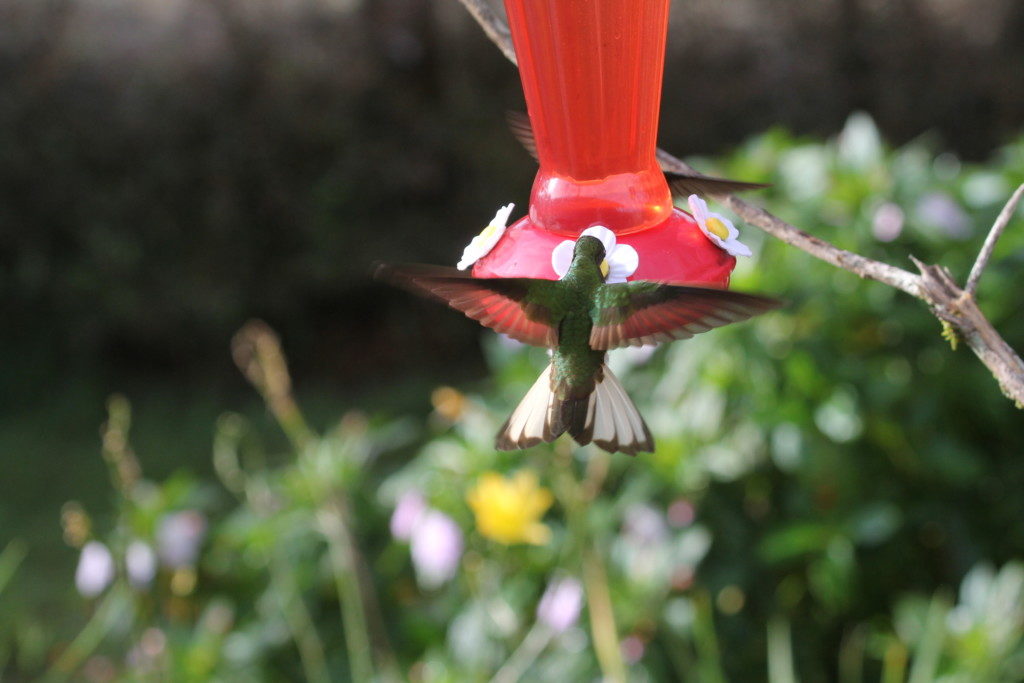
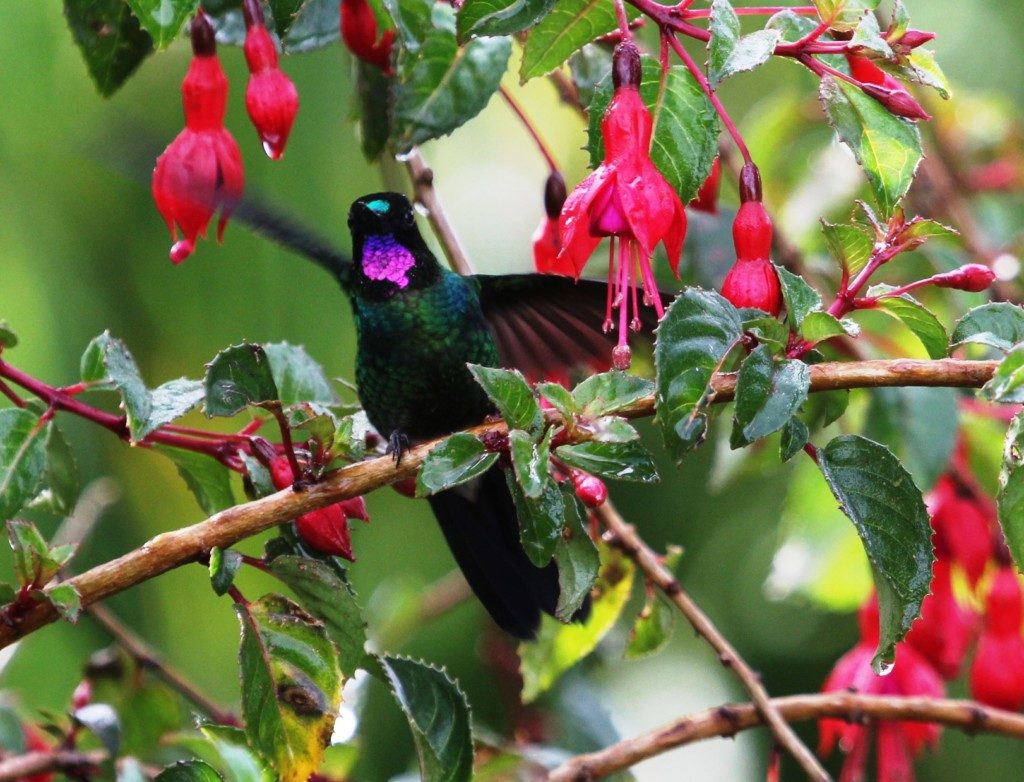
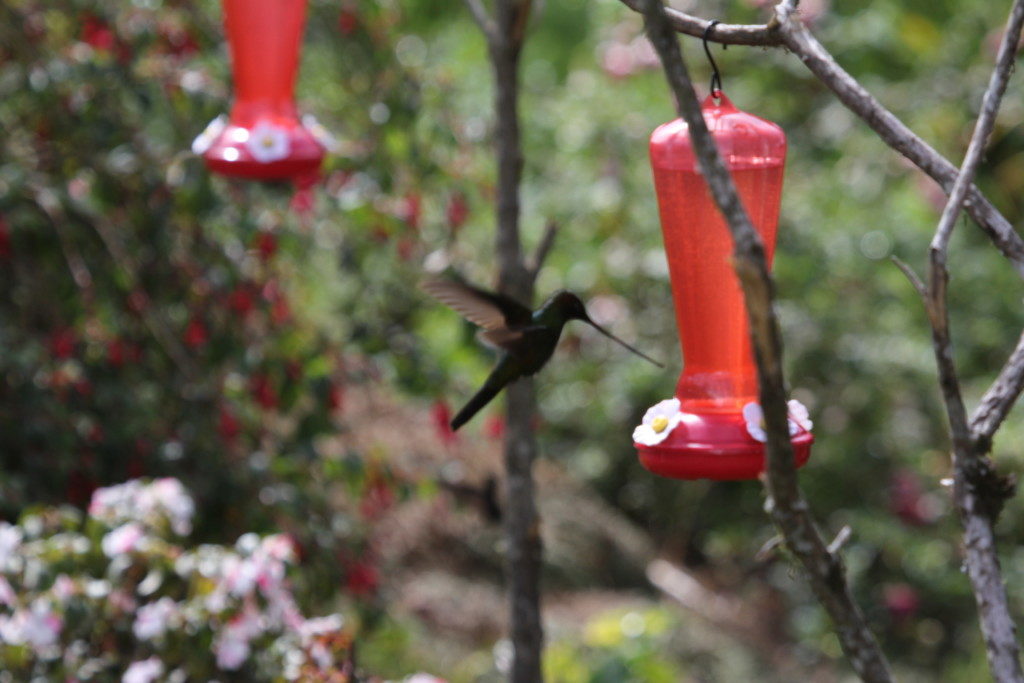
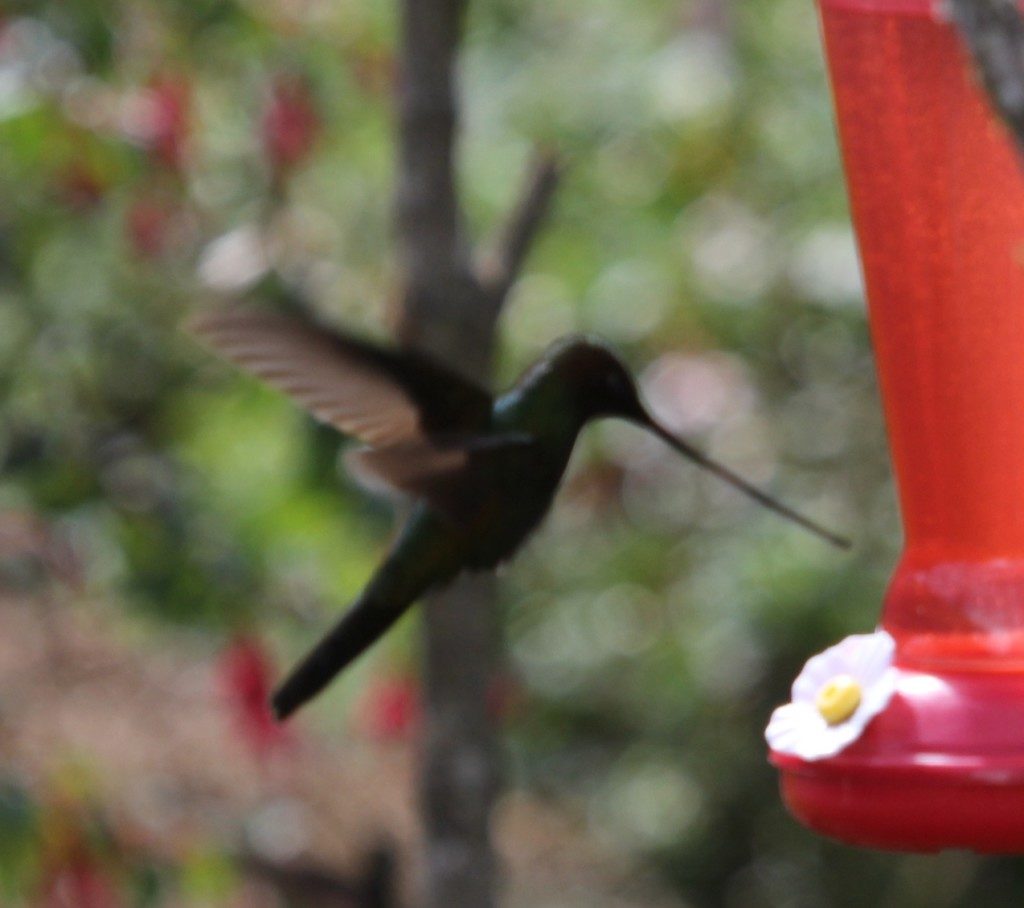
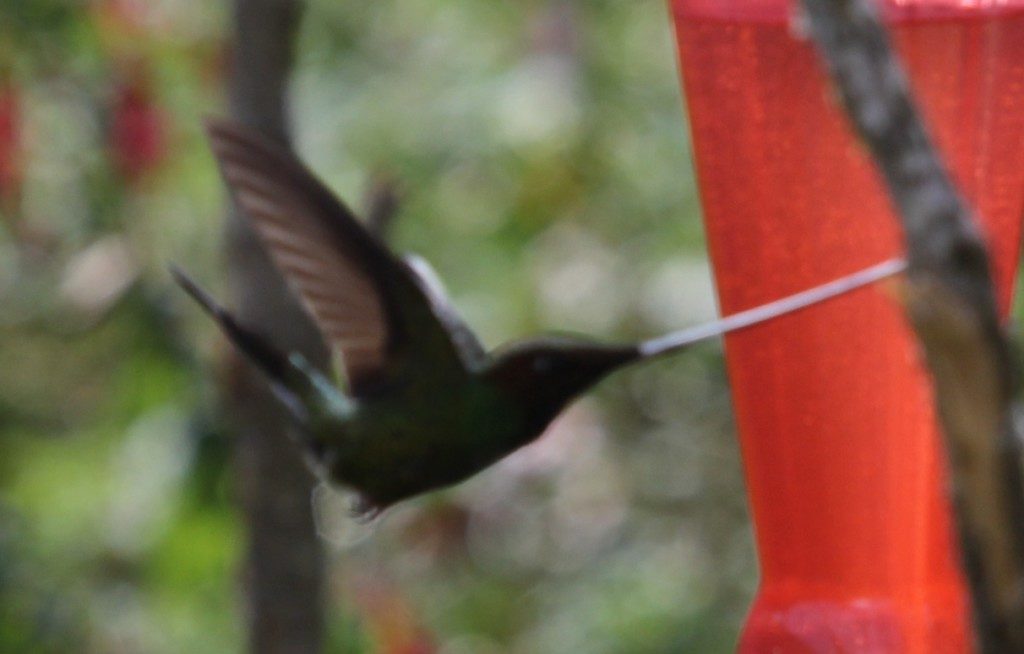
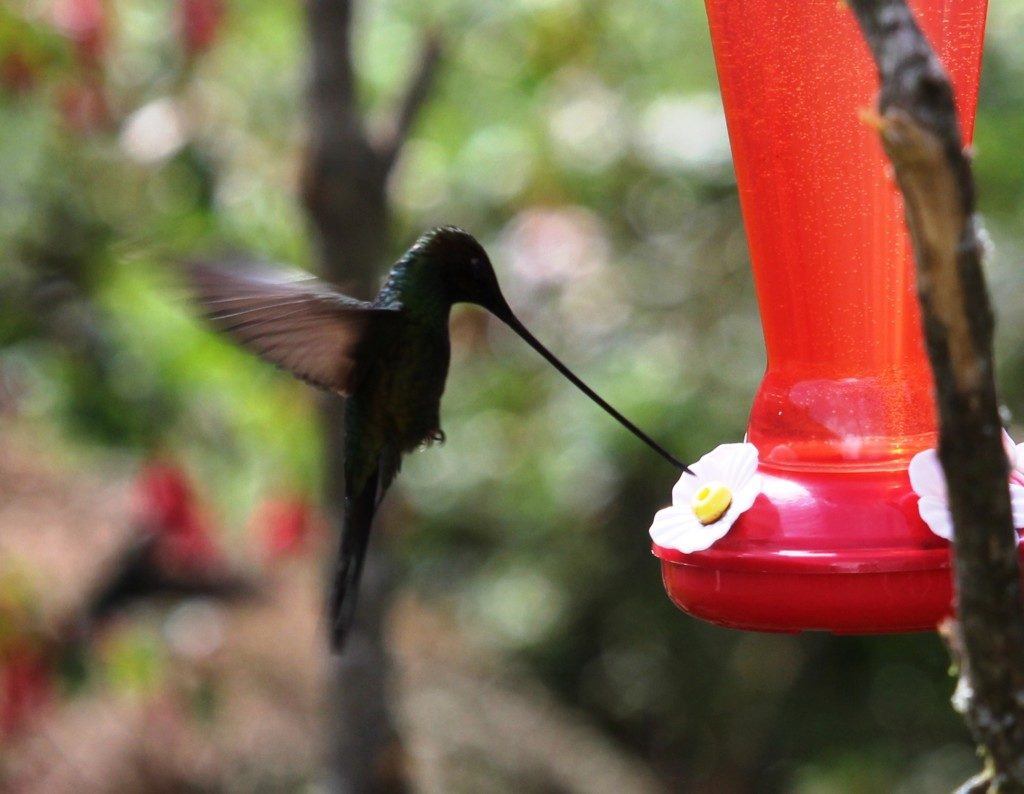
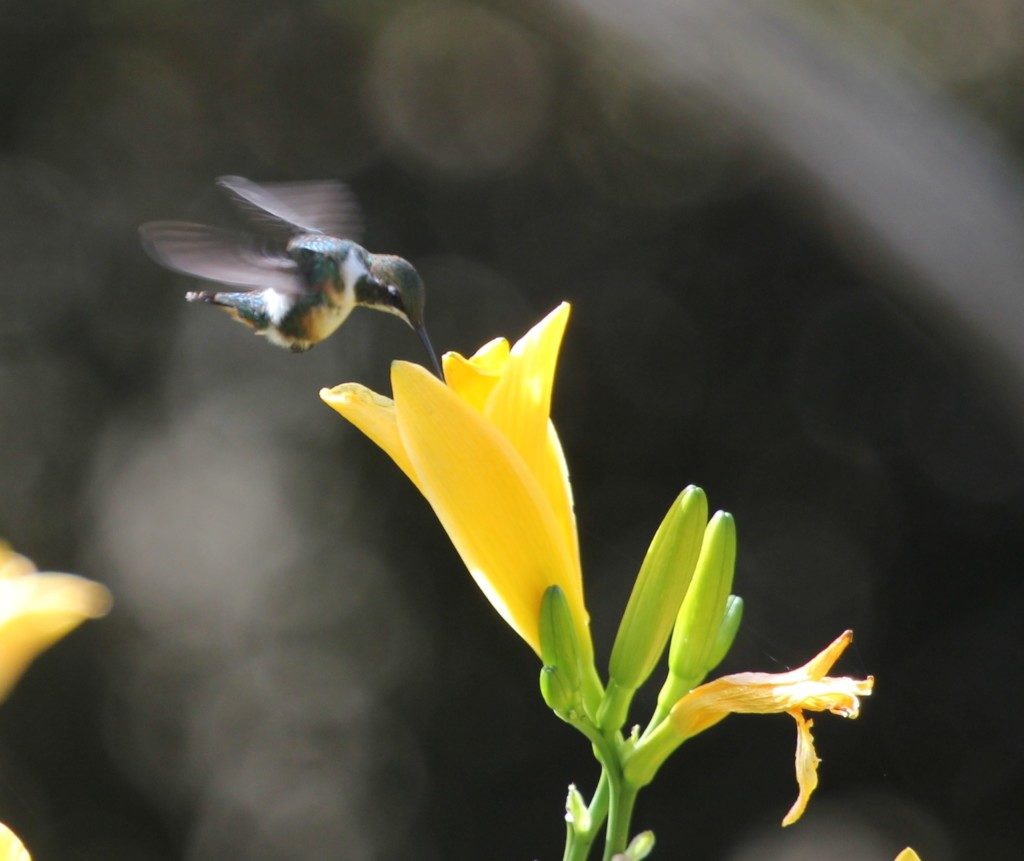
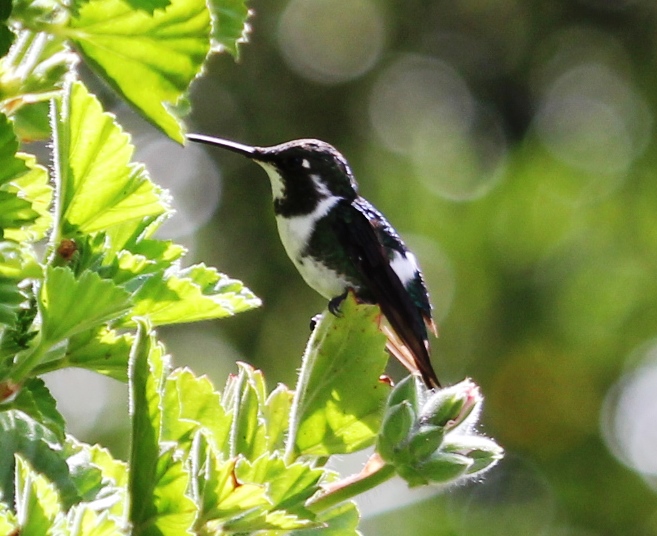
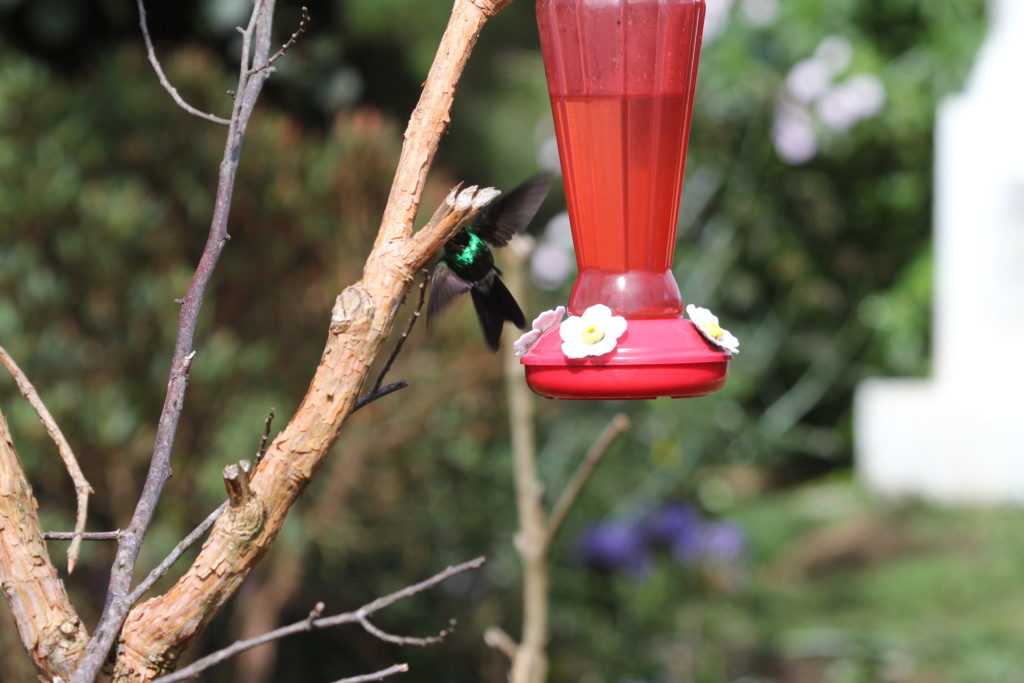
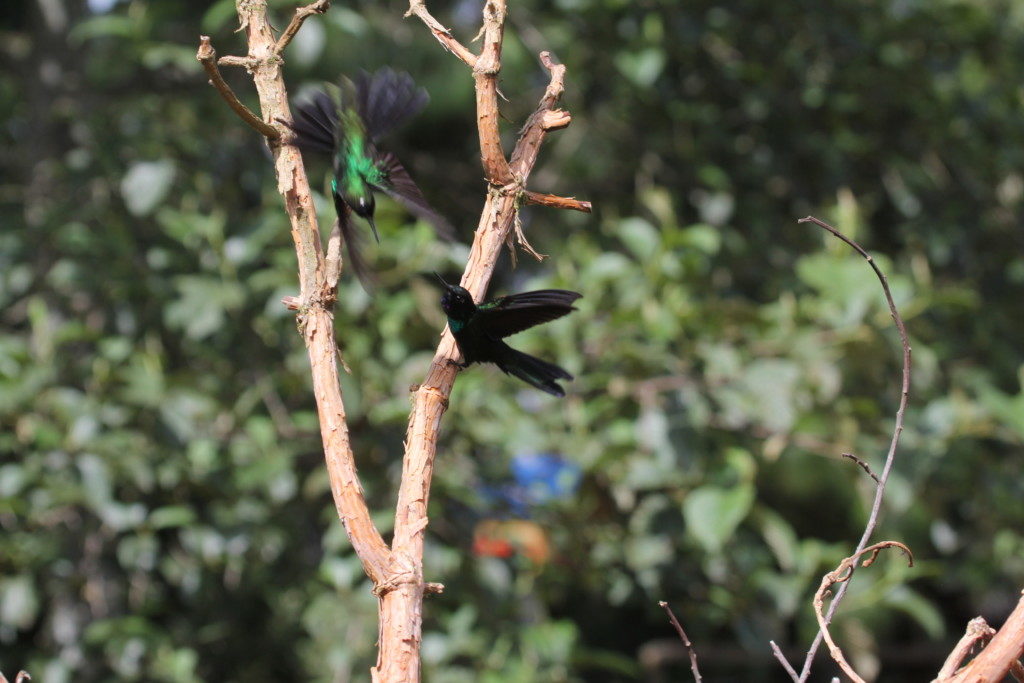
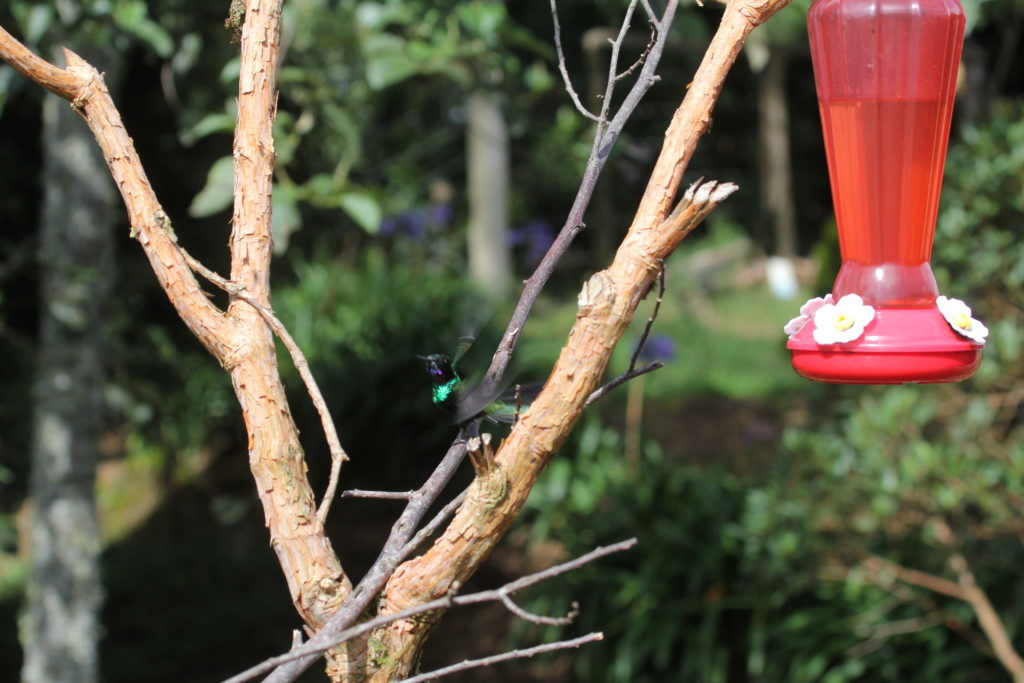
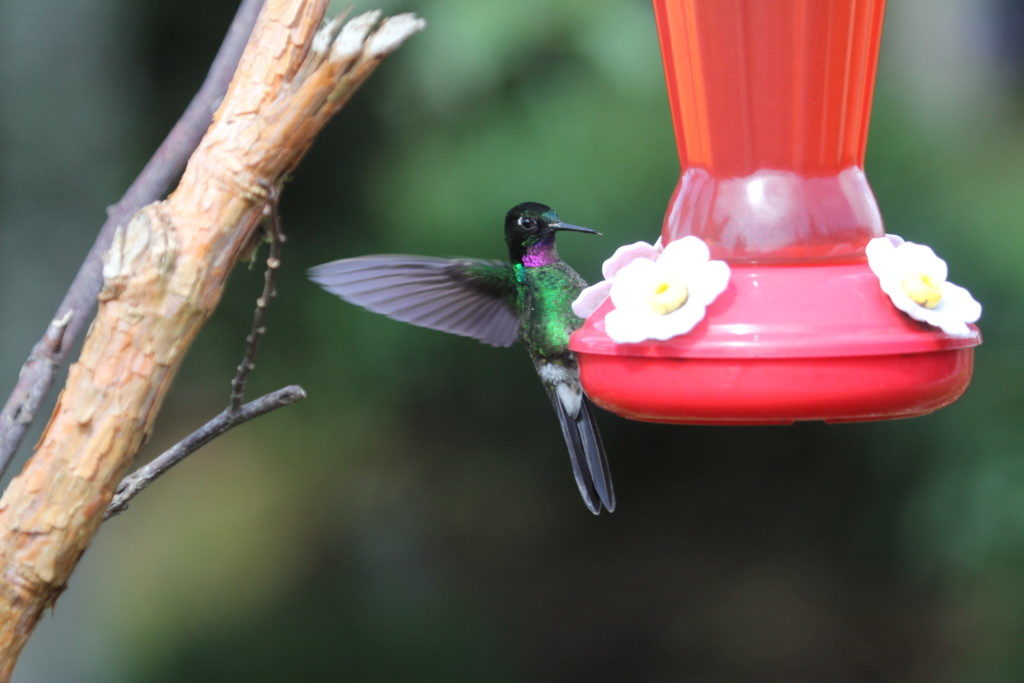
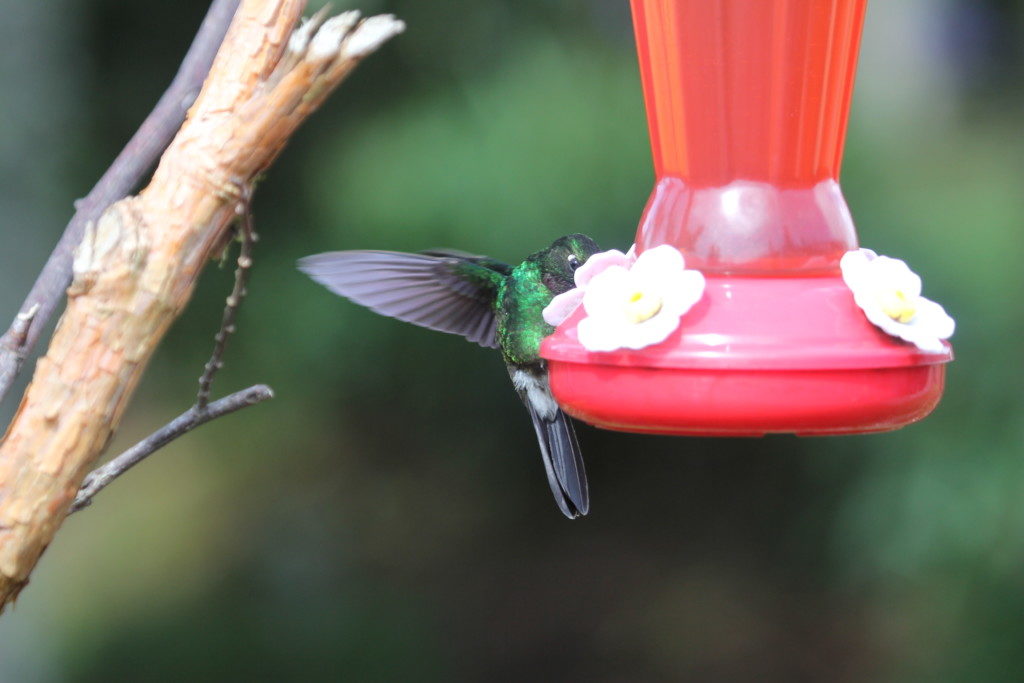
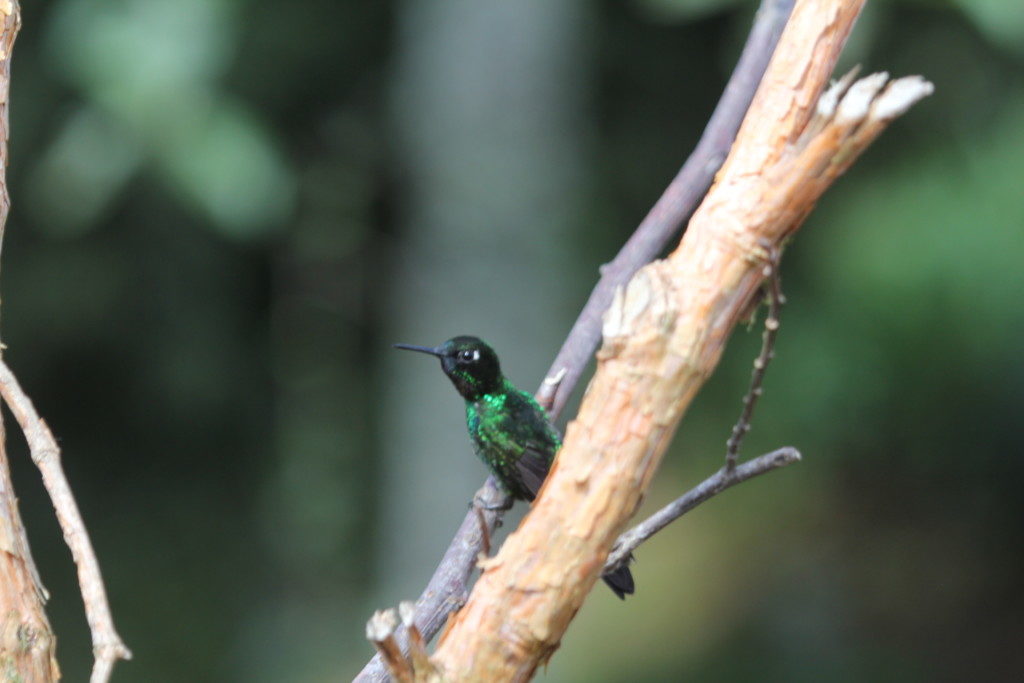
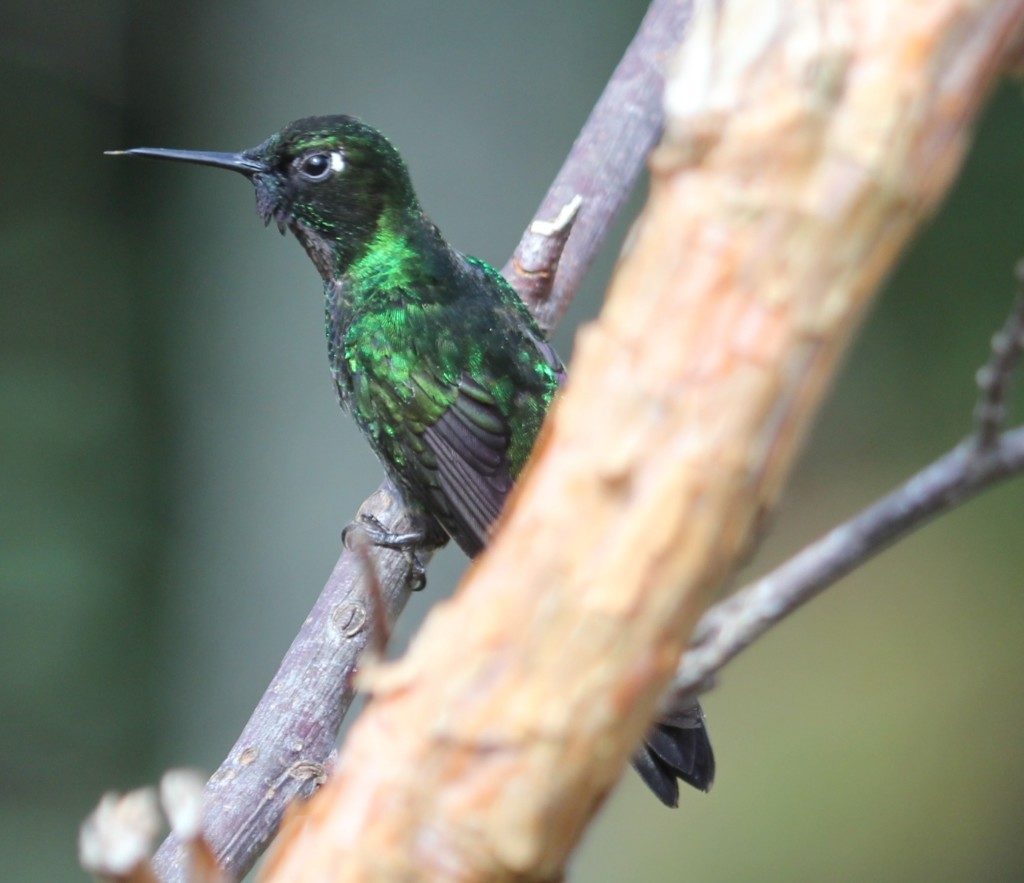
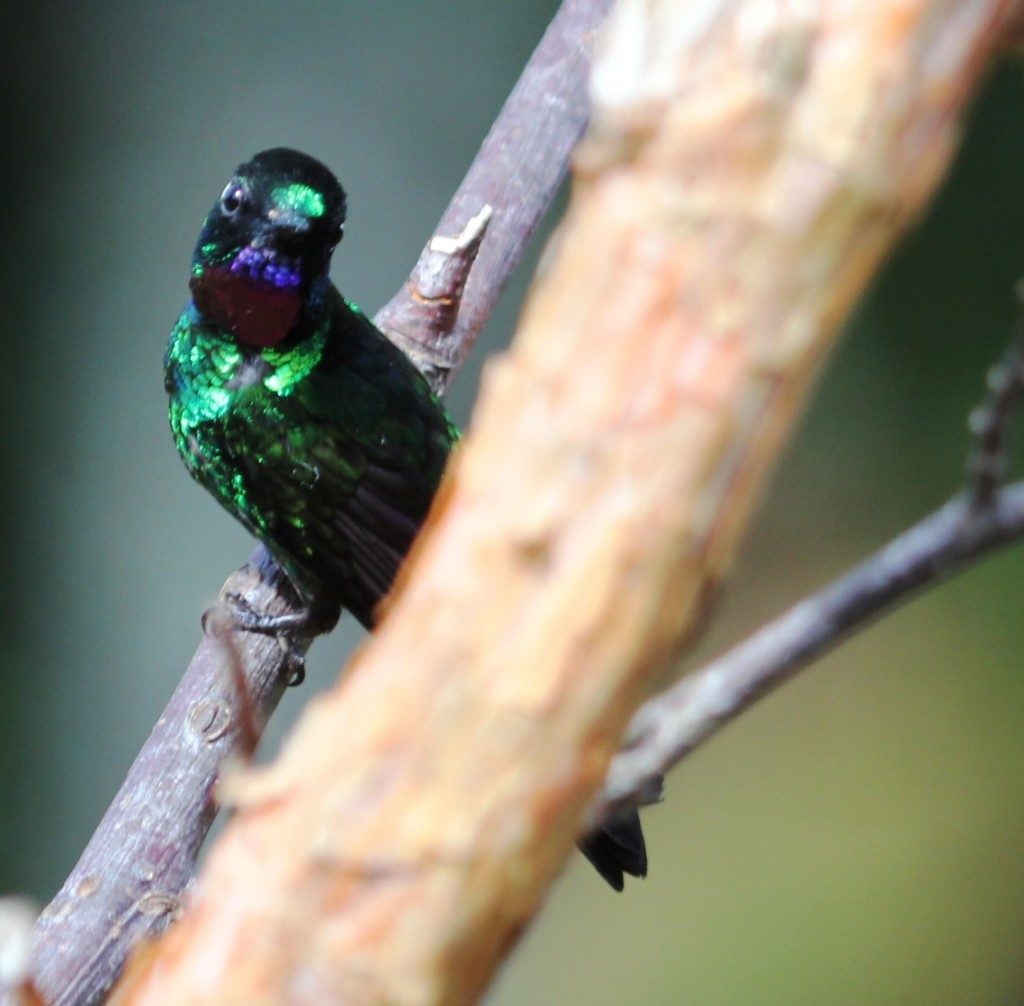
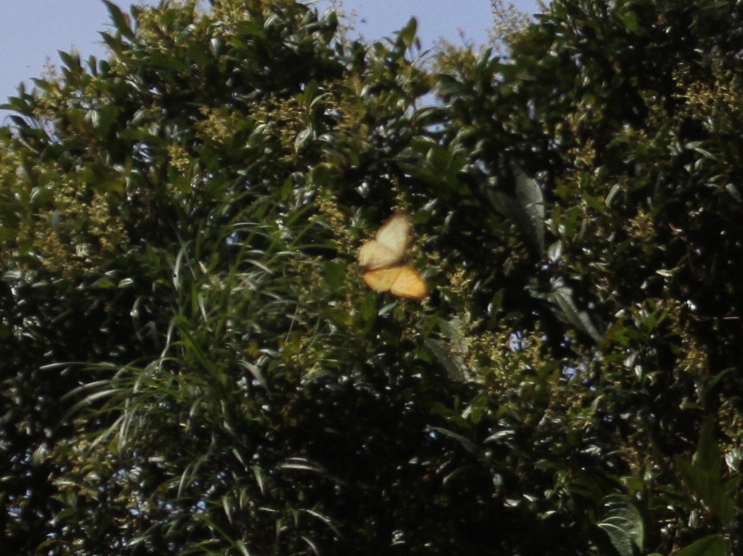
There were lots of other birds on the property as well.
Black-billed Mountain-Toucan
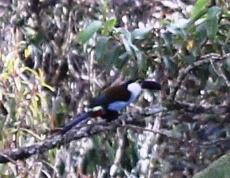
Lacrimose Mountain-Tanager
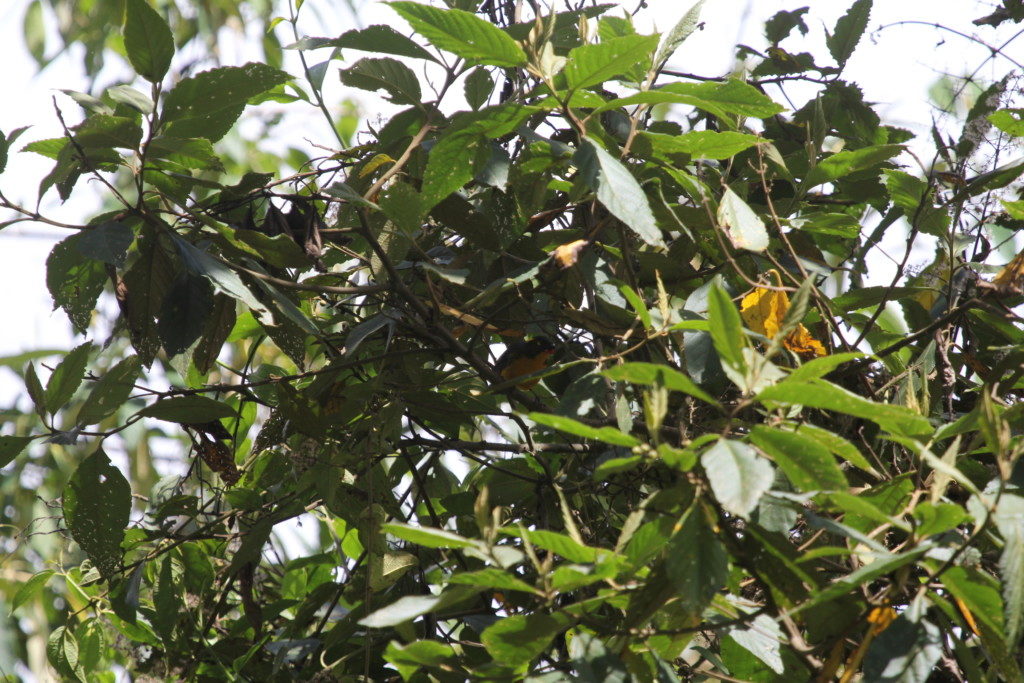
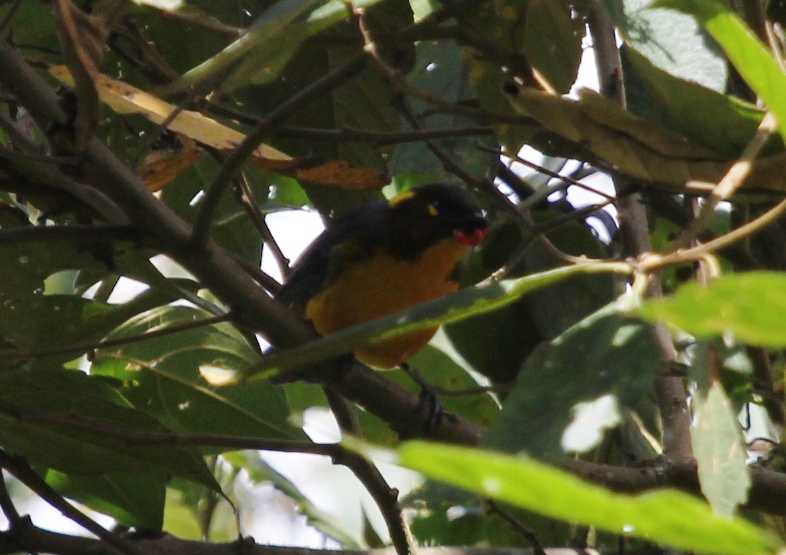
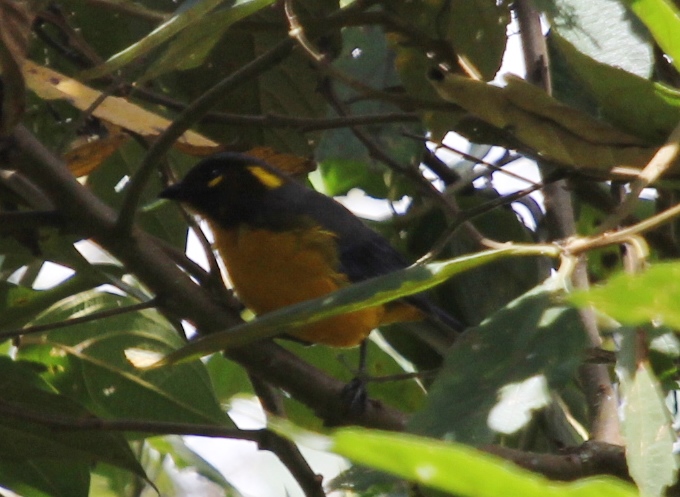
“Turn around so I can id you!”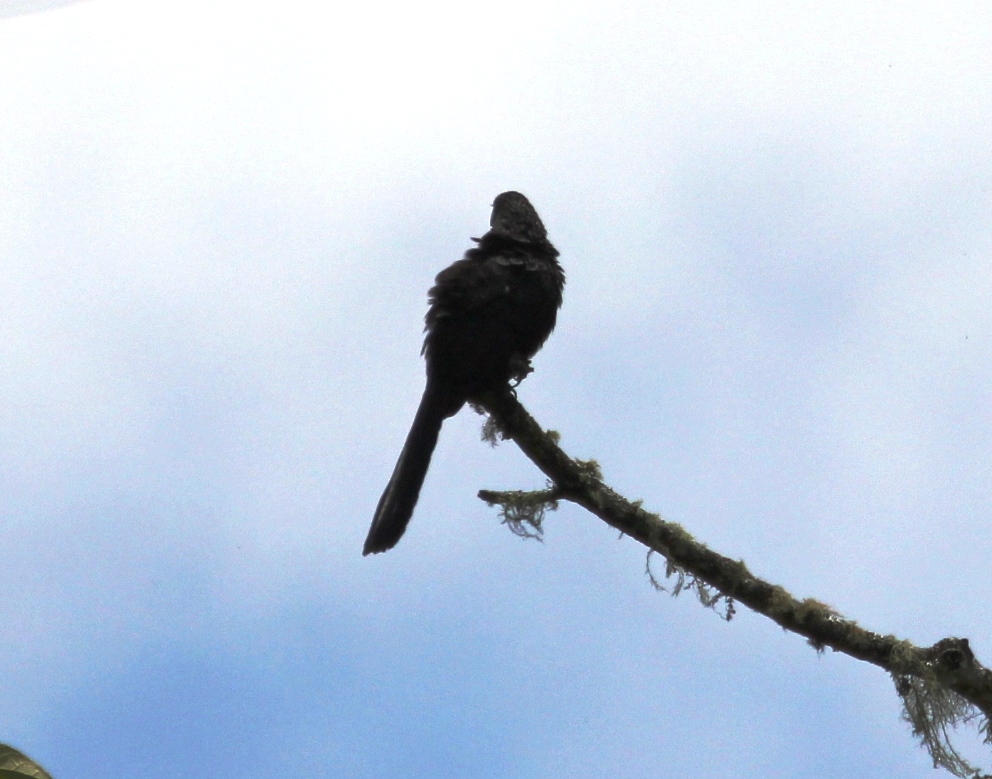
Speckle-faced Parrots flying overhead.
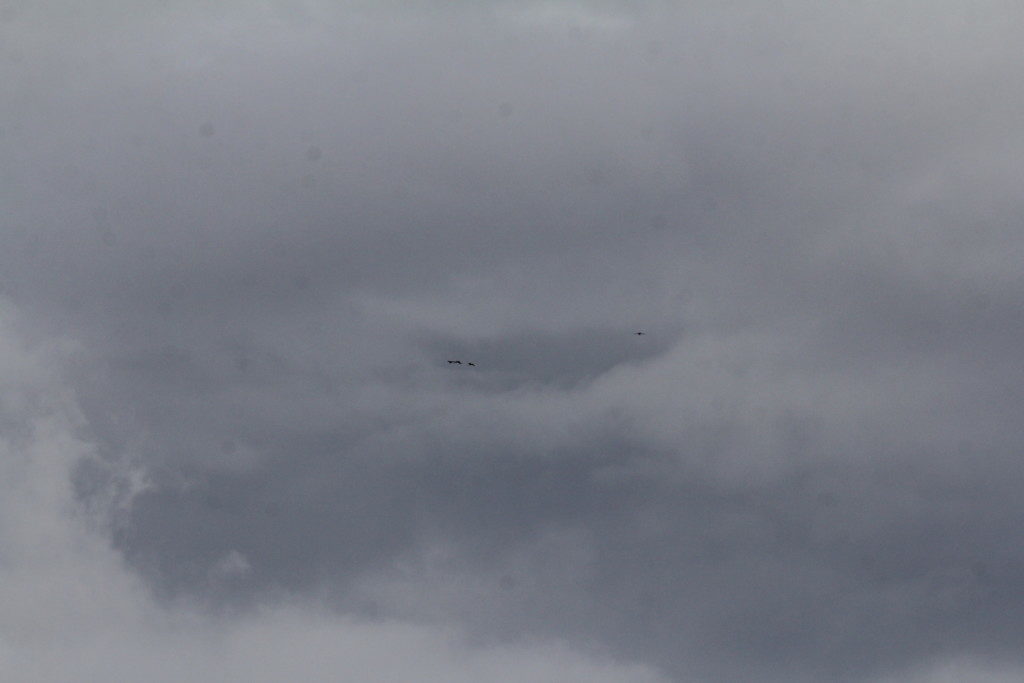
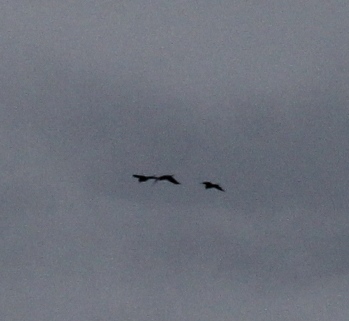
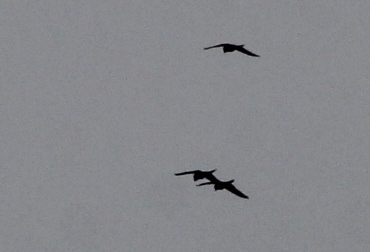
TBD

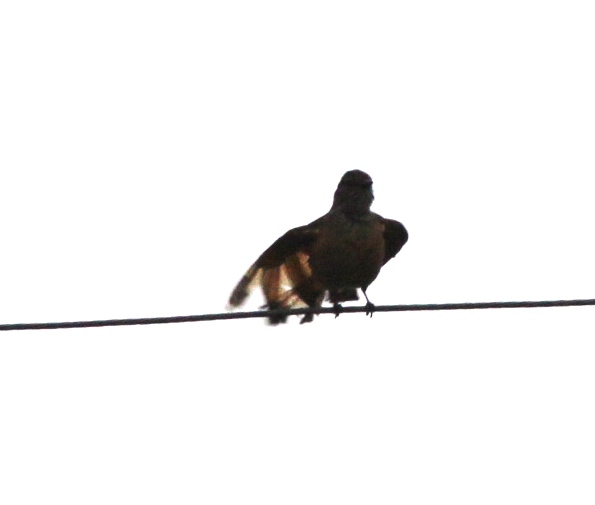
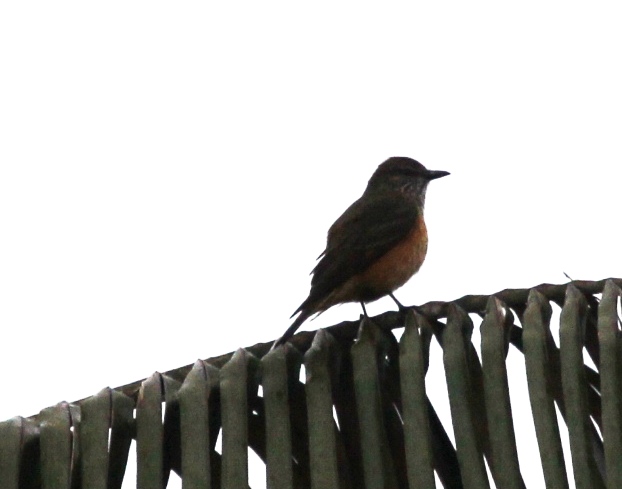
Rufous-collared Sparrow 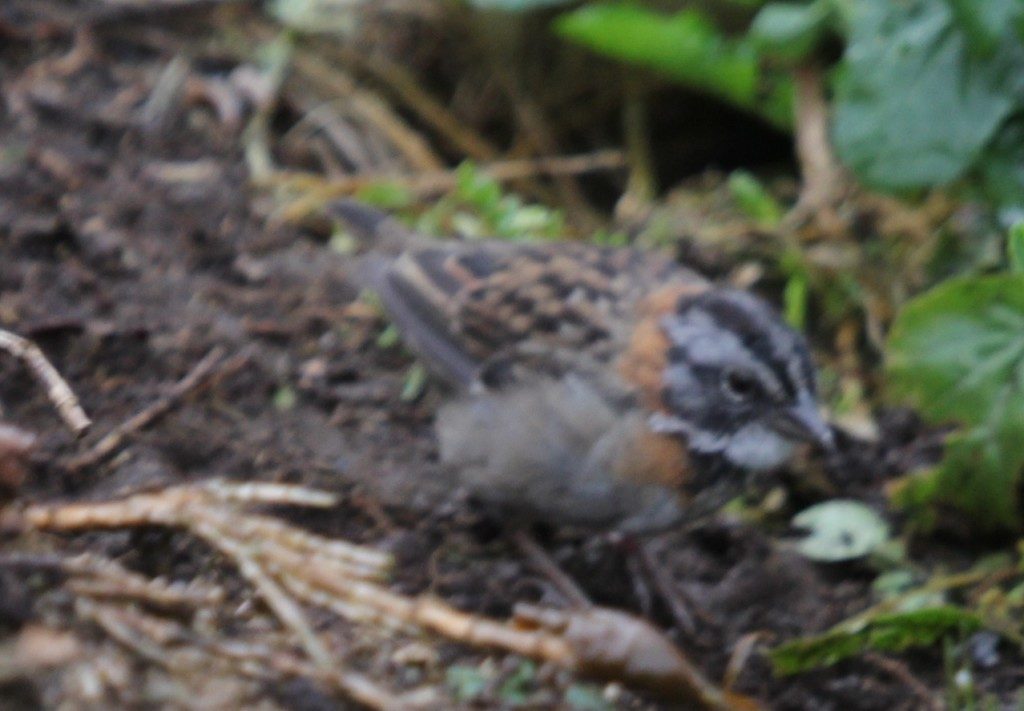
Great Thrush
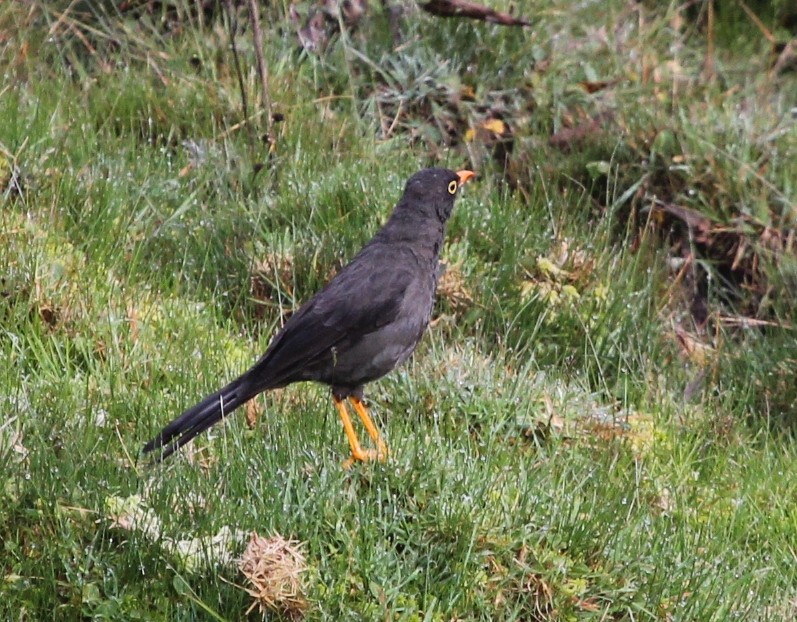
TBD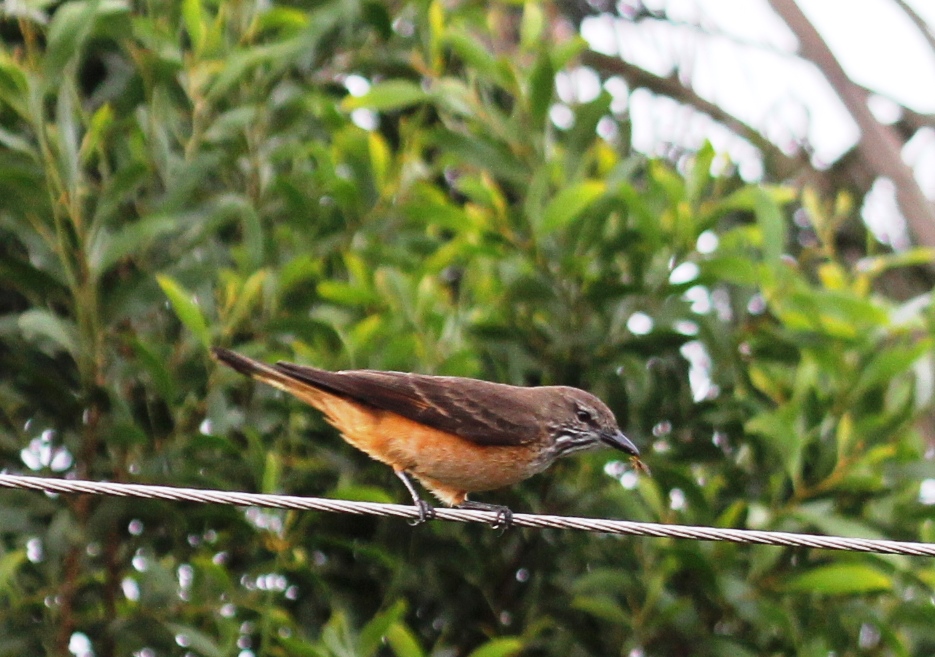
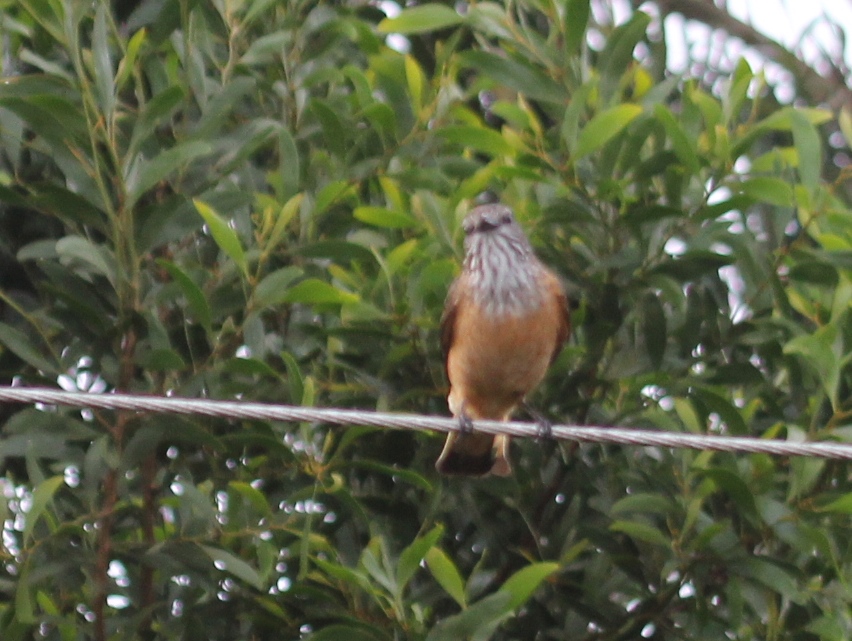
Masked Flowerpiercer
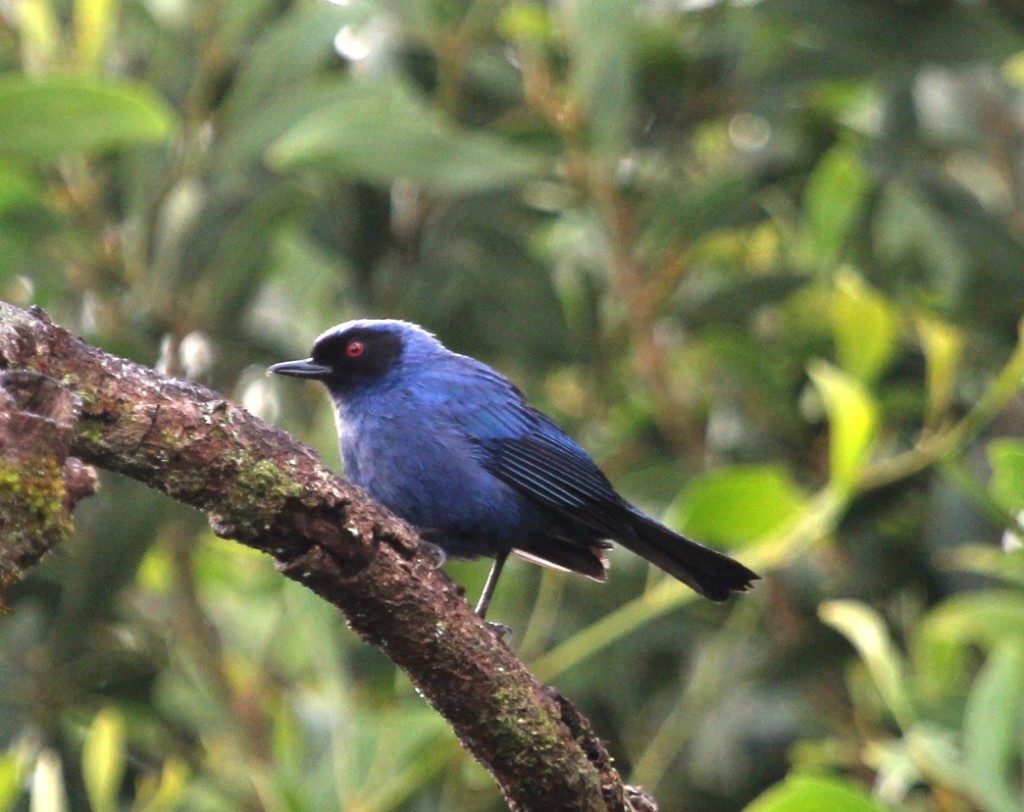
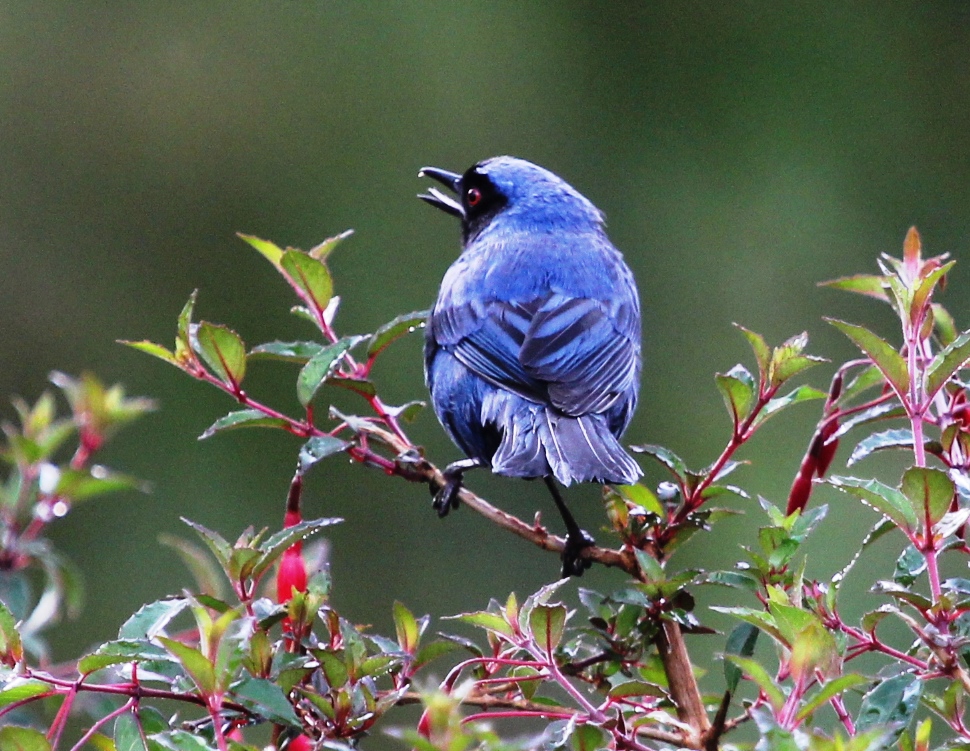
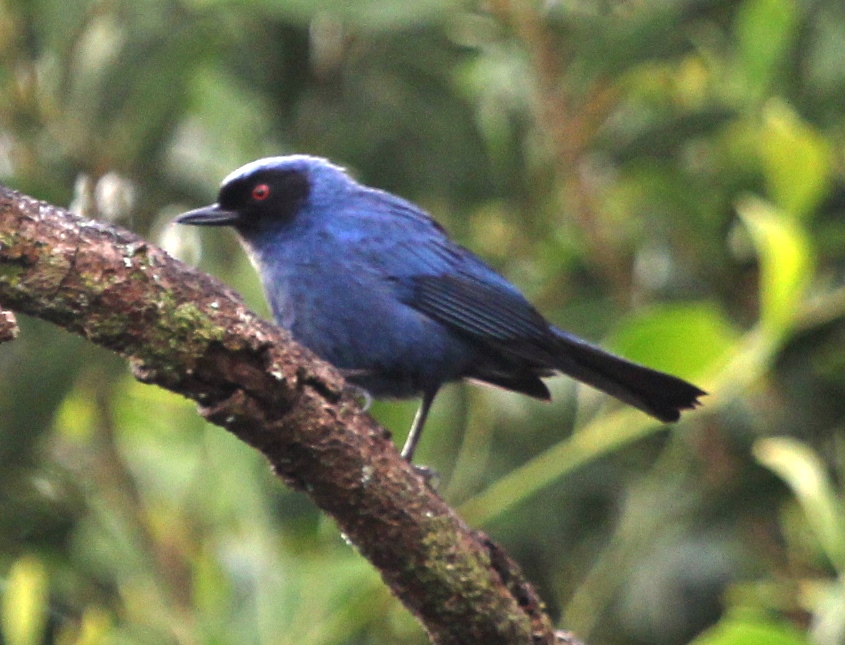
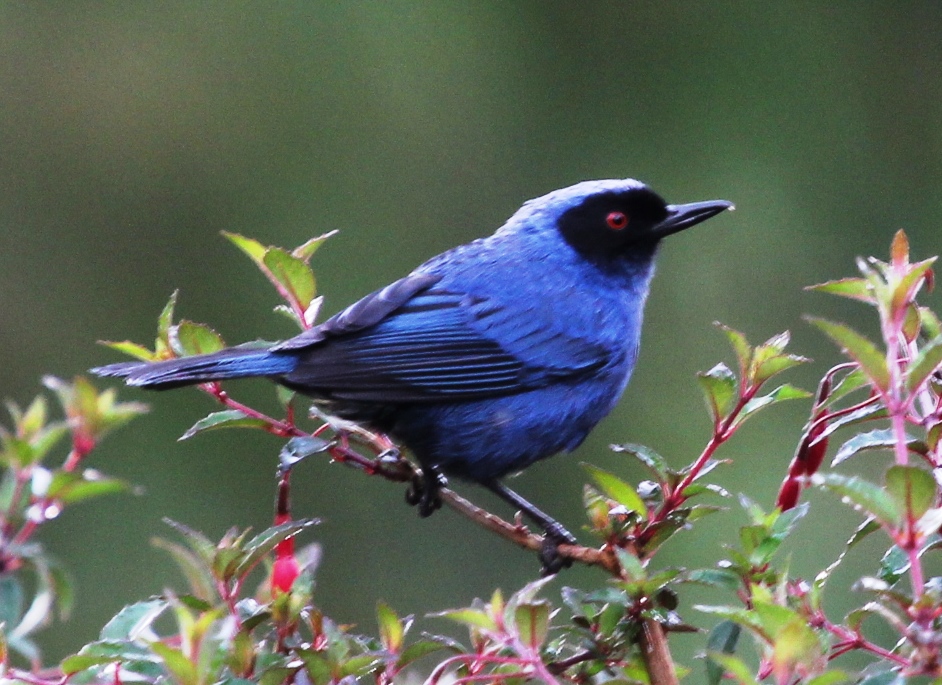
After we left the finca and were driving through the mountain, Diego spotted a
White-capped Tanager near the road – quite a coup as they are apparently difficult to find!
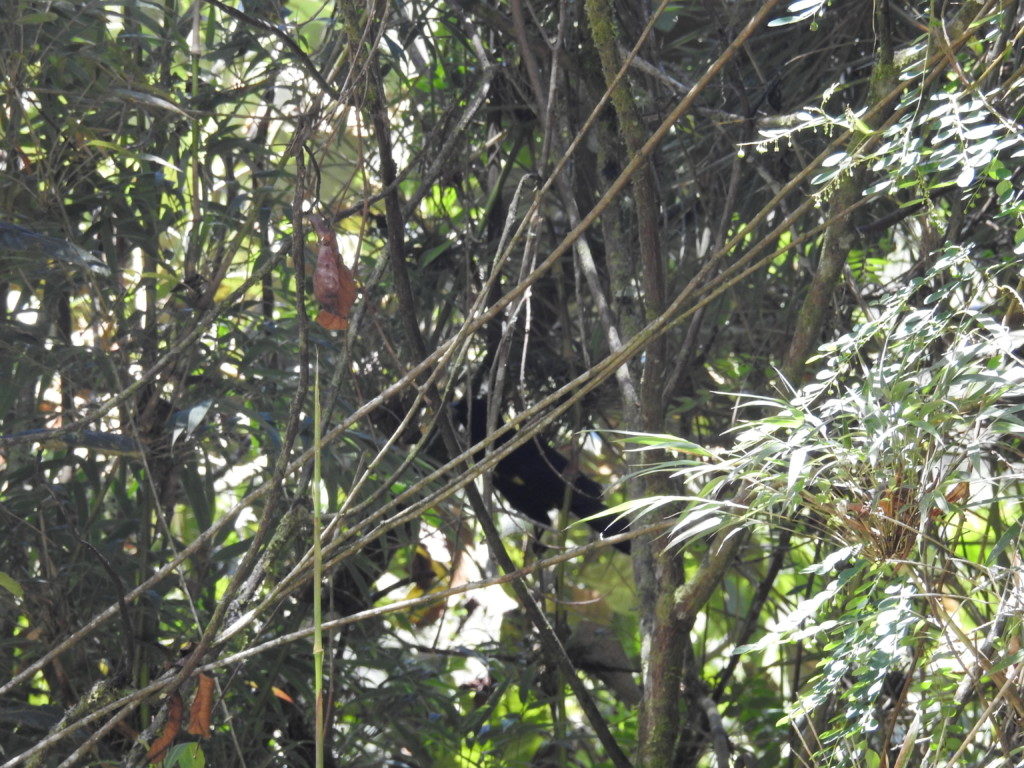
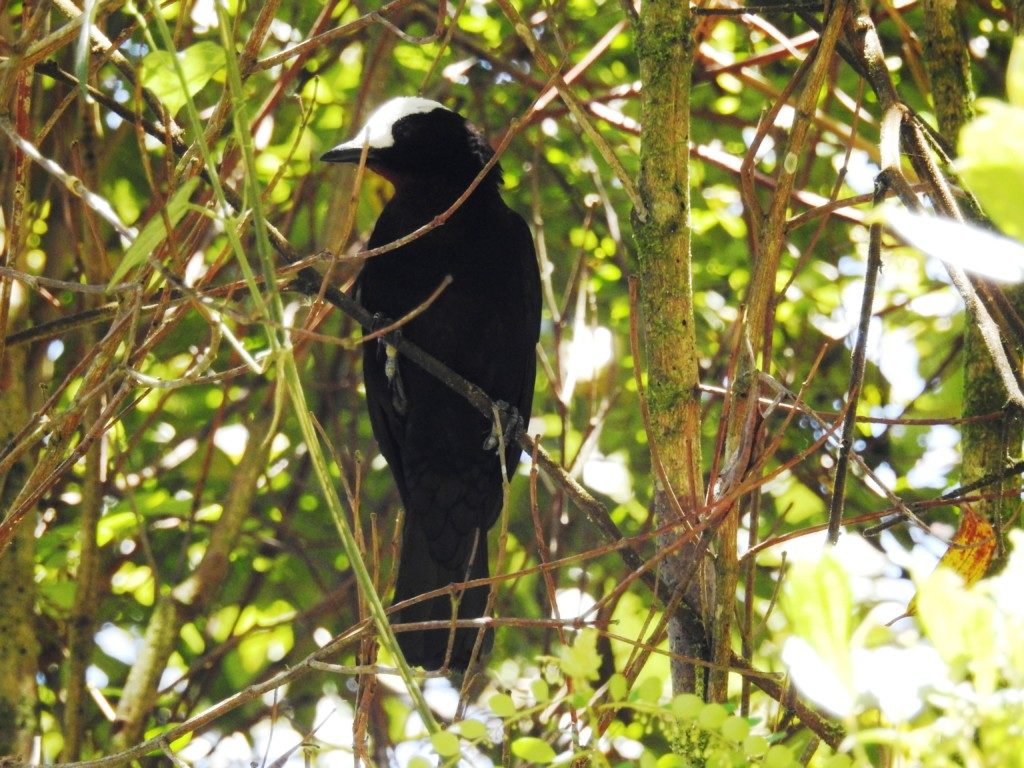
Typical road near Ventanas.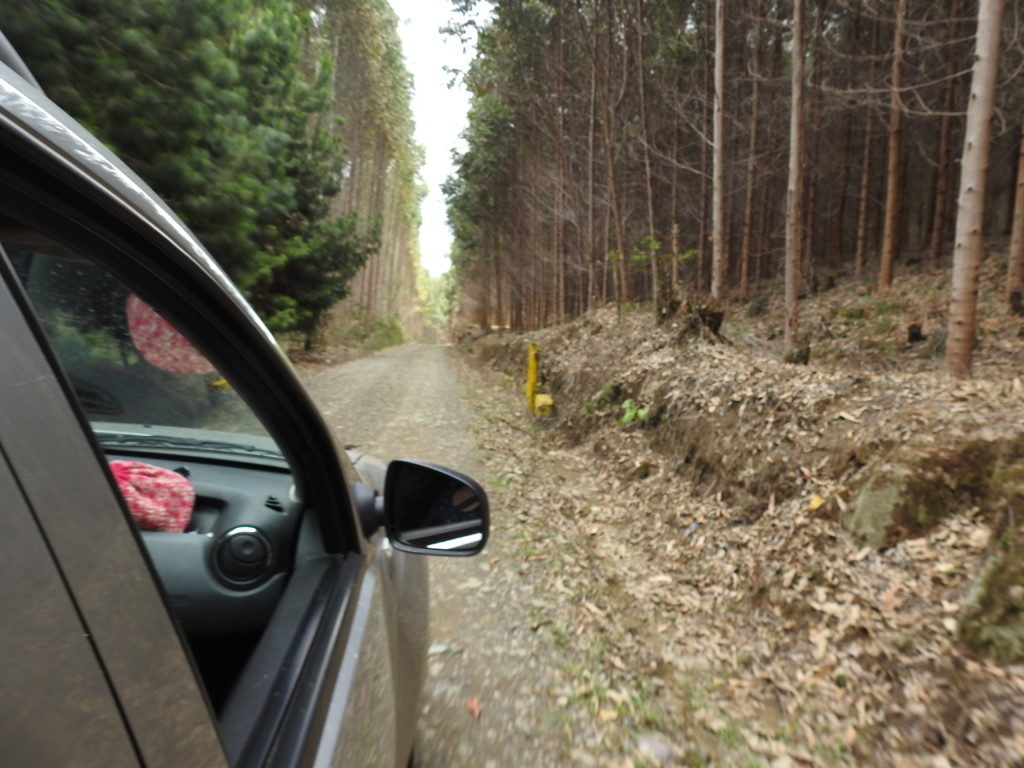
Andean Motmot, a nice find a bit further down the road.
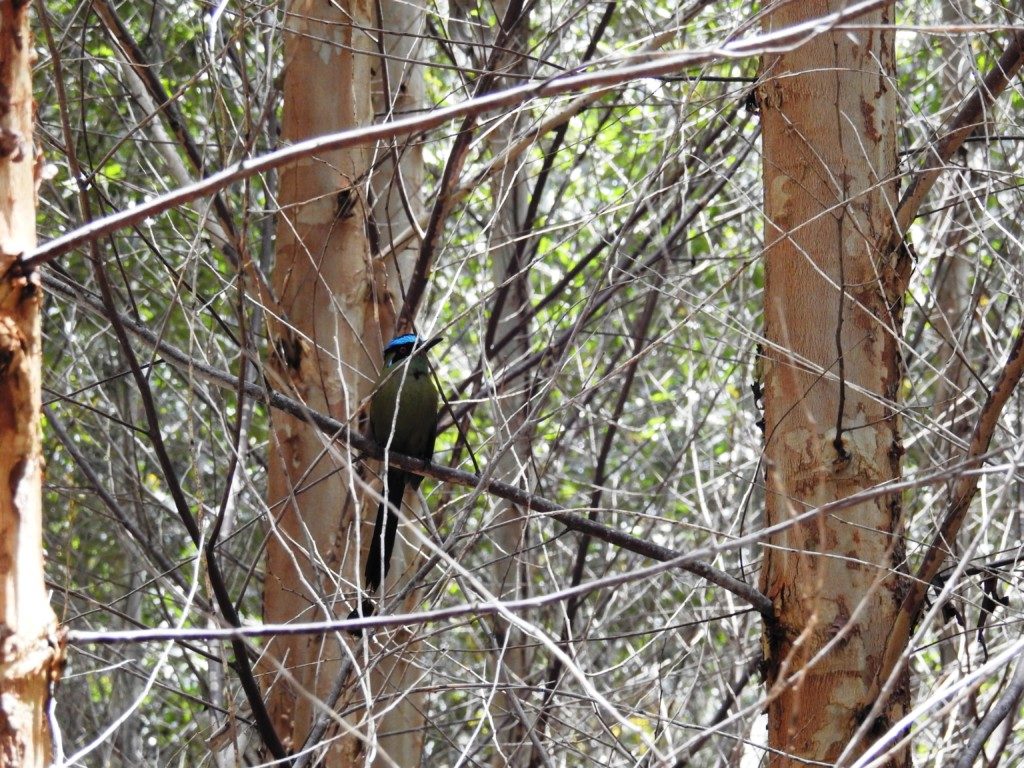
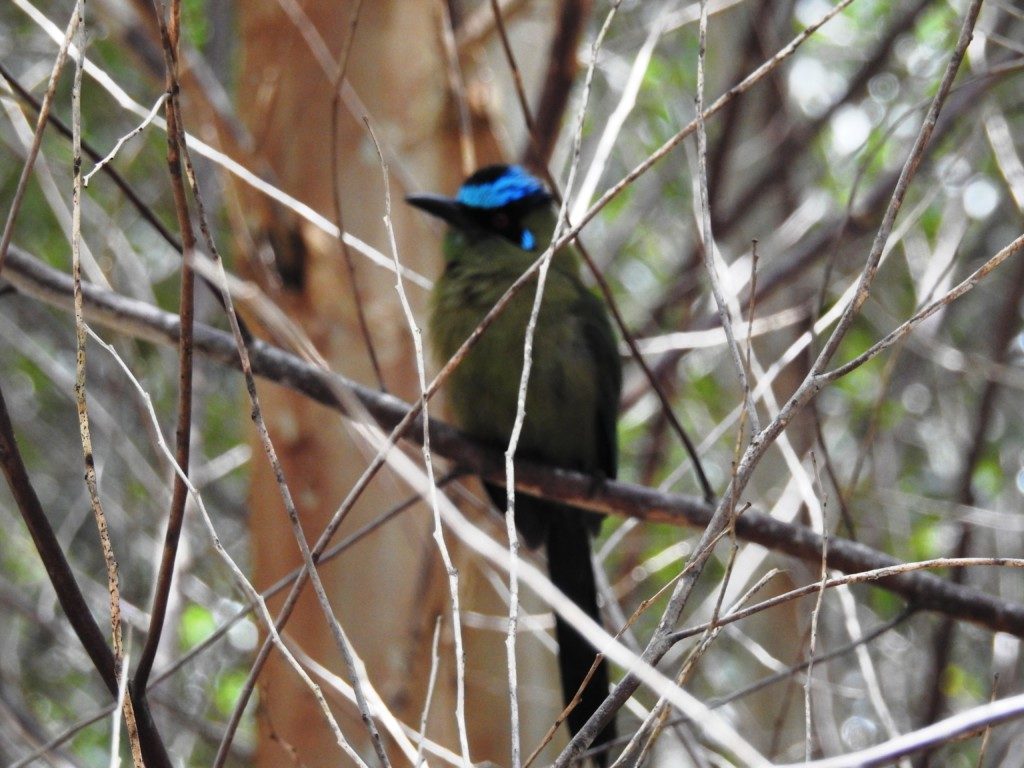
We had a great day of birding and got some pretty cool species in addition to the targeted Yellow-eared Parrot, the Sword-billed Hummingbird was amazing, the White-caped Tanager a nice suprise and that Andean Motmot was gorgeous!
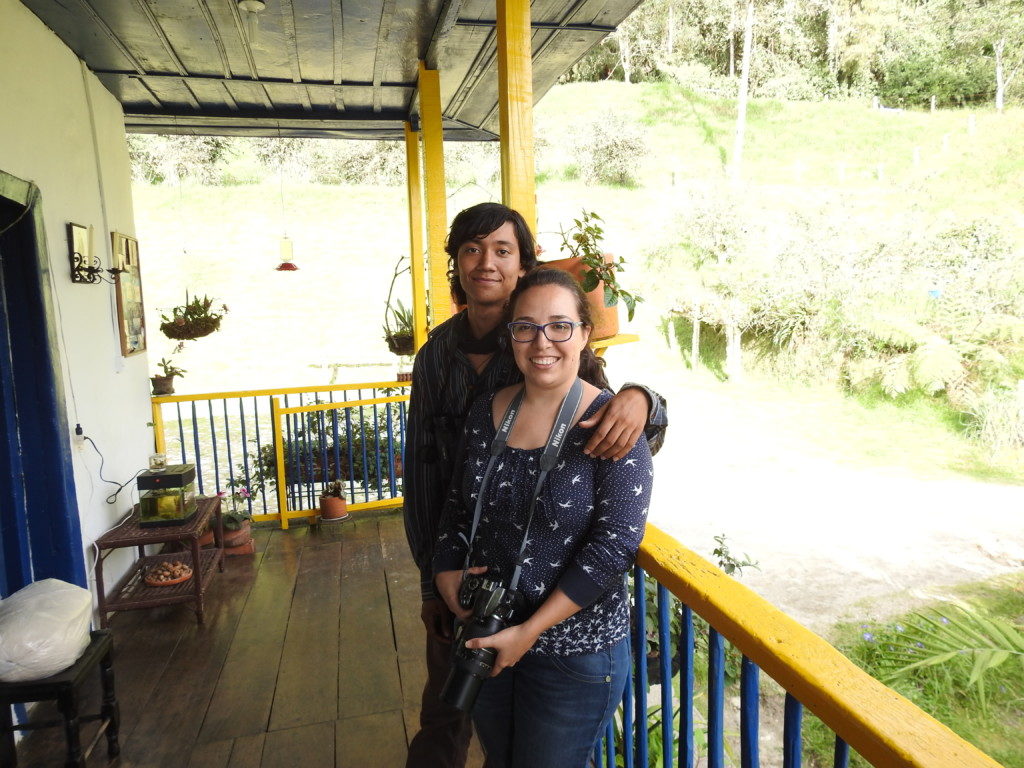
I can highly recommend Diego Guerrero as an excellent birding guide. He doesn’t speak English but he knows the birds and will point them out in a book. His friend Paula does speak English well. Here are his contact details.
Diego Guerrero
311 752 6550
digruz23 at gmail.com


